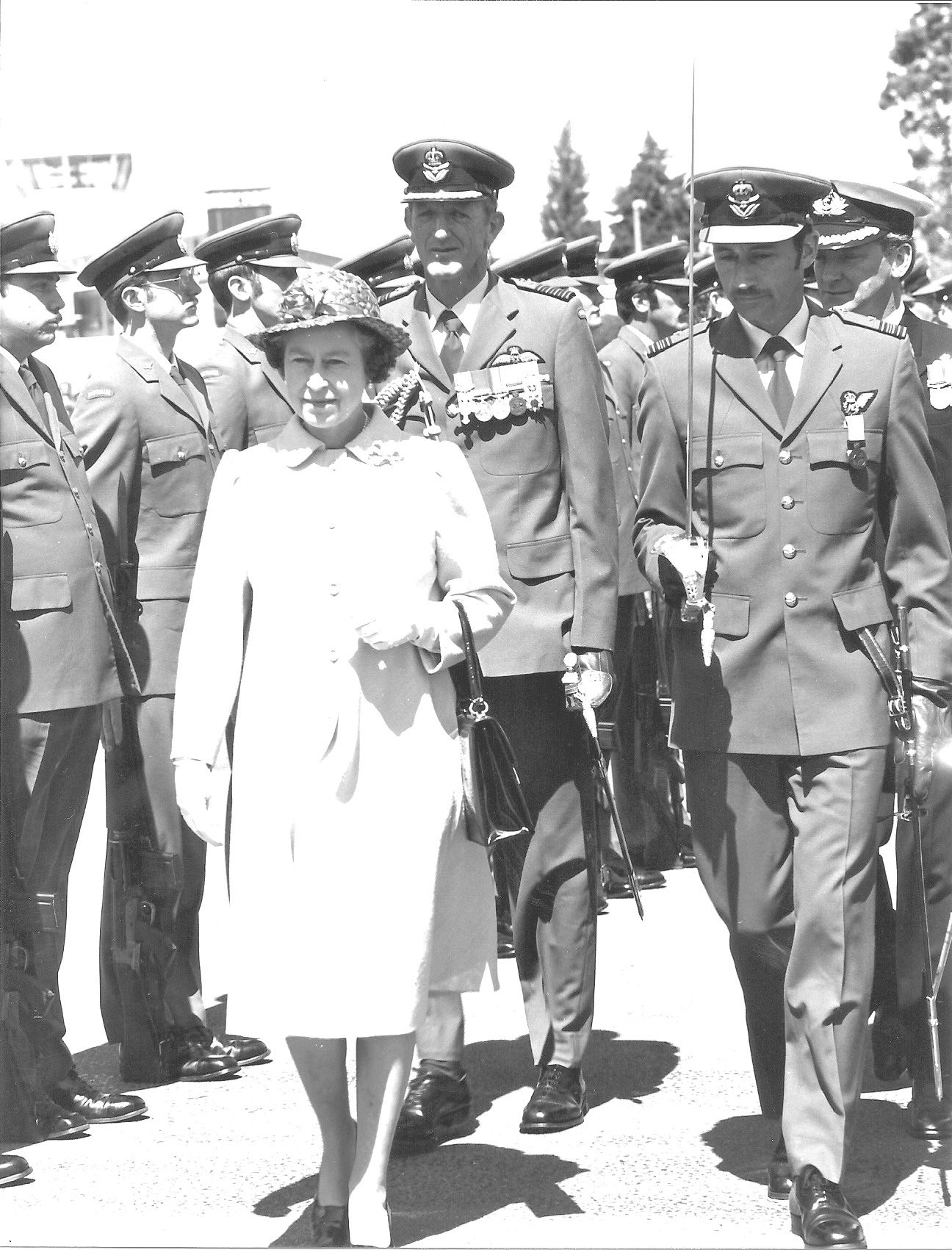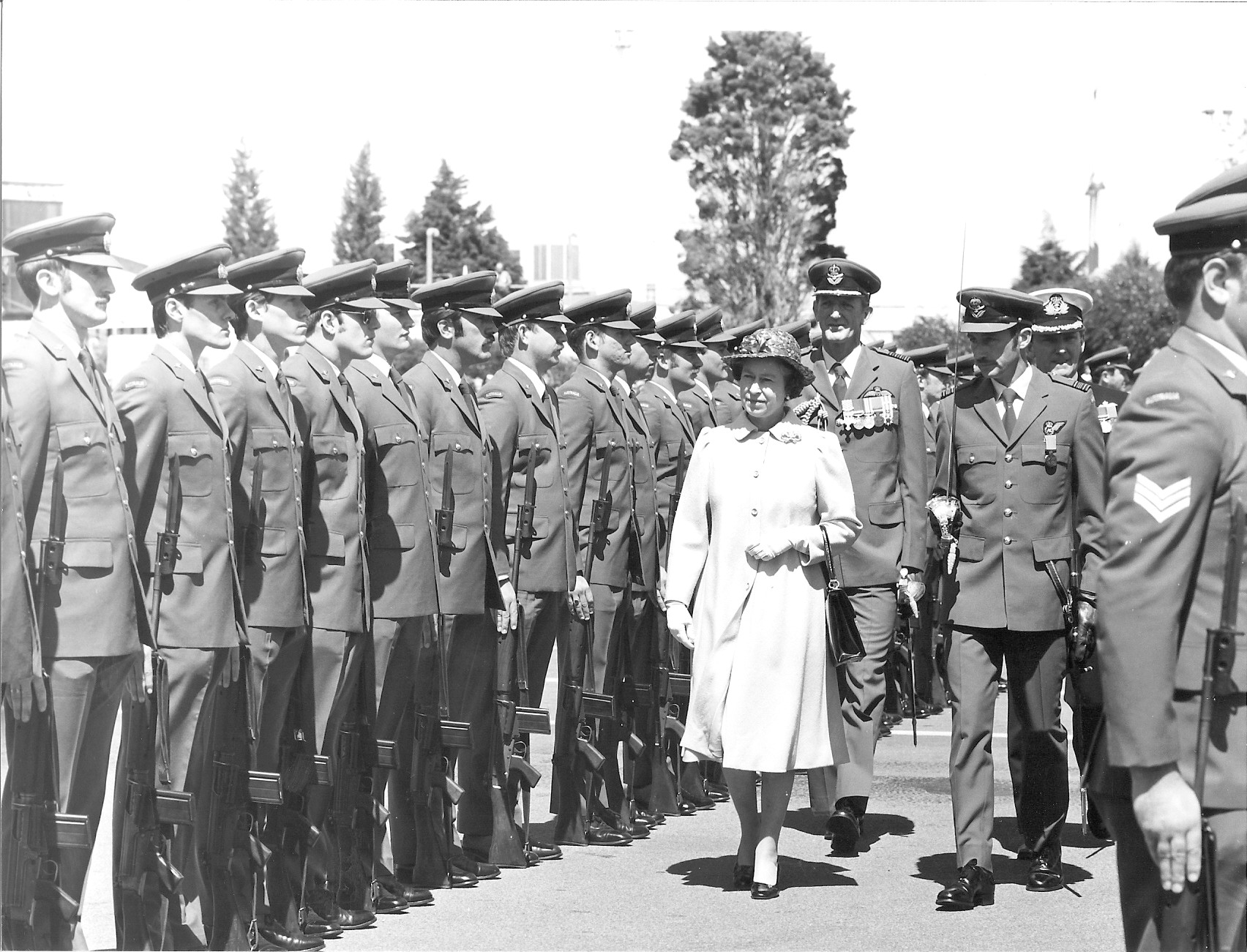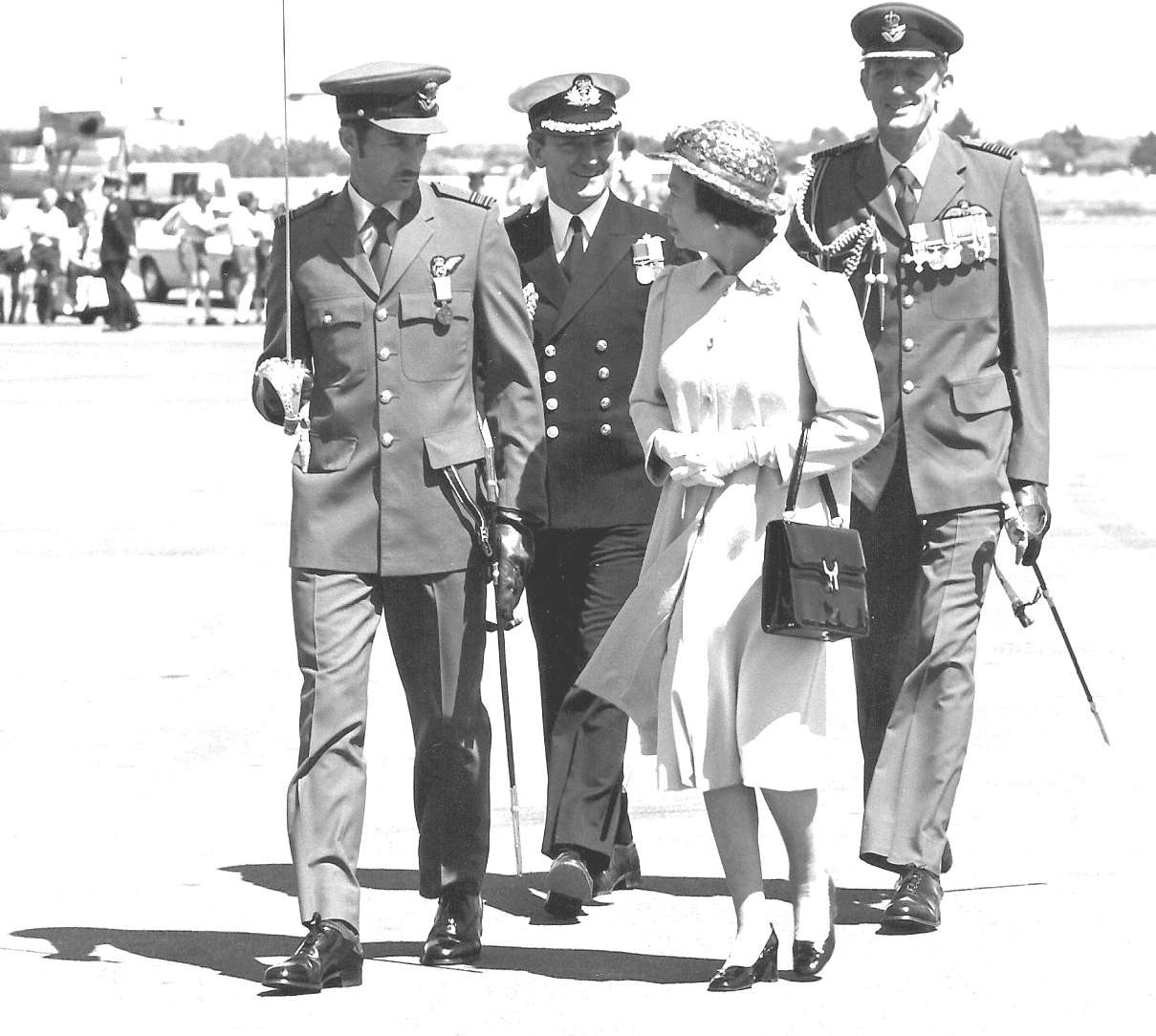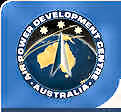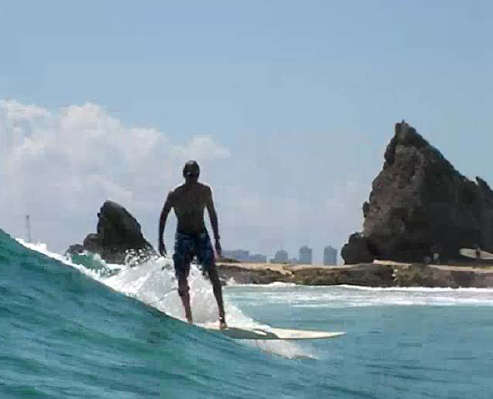|
Radschool Association Magazine - Vol 31 Page 7 |
|
|
Privacy Policy | Editorial Policy | Join the Association | List of Members | Contact us | Index | Links | Print this page |
|
|
My Story! |
|
|
|
|
|
My Story – Colin John Price.
I was born in Penrith, NSW, on the 12th of
May in 1946. My father was still serving as a pilot with the RAF and was
stationed at nearby Camden. He was a Spitfire pilot in the Battle of
Britain and had come to Australia with the two RAF Spitfire squadrons
that had been sent to Darwin following the Japanese overrunning of
Singapore.
My father met and married my mother (right), who was from the west coast of Tasmania, while he was stationed in Australia.
Following the end of the war my father went back to England to discharge and got a job flying passenger and cargo aircraft out of Copenhagen in Denmark. My mother and I followed shortly by sea to England and then to Copenhagen where we lived for four years before the cold got too much for my mother and we all headed back to Australia. We initially moved to Melbourne where my mother’s family was. I was then about five years old and I went to a boarding school there for a short period while my parents sorted everything out.
My parents tried their best to shape me by having me take lessons in tennis, swimming, extra maths and English tuition etc. but although some of it stuck, it was mostly wasted on my independent, adventurous spirit. So once I got the dreaded Leaving Certificate behind me I was sick of studying and school so decided to take up a seagoing cadetship in the Merchant Marine. This was a huge adventure for a wide-eyed 17 year old and I learnt an awful lot about ships, the sea, navigating, different cultures (we sailed mostly to Japan and sometimes to Hong Kong, Taiwan and the Philippines). I also learnt a lot about myself and other human beings.
After about two years (1963-64) of chugging around the oceans and visiting an array of exotic ports in south-east Asia I could not envisage myself doing this for the rest of my life. What about my social life, what about meeting someone and getting married etc.?
So at 19 years of age and on the tenth day of August 1965 I went down to the Sydney Recruiting Centre (in York street just down from Wynyard bus station in those days), took the oath and was at the very beginning of what turned out to be an amazing 36 year career taking me through to the 11th day of November 2001 when I retired as the RAAF’s most senior Wing Commander navigator/air electronics officer.
I have been thinking of my career in the RAAF leading up to writing this article and I think it would be much easier to give a lot of detail if I had not served for such a long period. There is just so much that happened over this period that a lot of what I have to say will be more of a general nature than specific incidents; however, don’t despair there will be some humorous incidents sprinkled about. It is a bit like a single sunflower and its detail compared to a large field of sunflowers with each of those thousands of sunflowers having its own shape, colouring and character. So it is for me with a very long period of service compared to a single or shorter enlistment period.
Besides that I am now 63 years of age and have probably forgotten as much as I can remember!
|
|
|
My first move with the RAAF followed the issuing of train tickets to go from Central Railway station in Sydney through Spencer Street station in Melbourne to Adelaide where I undertook my recruit training at No.1 Recruit Training Unit. I bonded with the guys on my course very well and remember clearly my first experience of getting to know guys from country and city and from all the different states.
I got to be very familiar with how to make my bed in what appeared to me to be a particularly fastidious process (who can forget those blue and white bedspreads (counterpanes??) with the RAAF crest). I learnt tips and tricks on how to spit polish my boots and shoes. I wrestled with the SLR rifle and got very good at cleaning, stripping and reassembling that weapon.
|
|
|
Before we knew it, we were graduating out of 1RTU and on our respective ways to our next phase of training which, for me, was the RAAF School of Radio at RAAF Laverton, VIC. (Oct 65) Here I was on pool (known as a ‘poolie’) for a few weeks of doing all sorts of odd jobs waiting for my Radio Mechanic course to start. My room was at the bottom front corner of a large red brick building and each room held four people (or was it two, not sure now ?). Radio School in those days seemed to have hundreds upon hundreds of trainees and staff, to a newcomer it all seemed massive.
|
|
|
|
|
|
Col Price, Peter Kensett and Trev Benneworth, on a pleasant Sunday afternoon in Geelong. |
Tony Maddock, Col Price and Wayne Ison, taking a break from Grob and Grob in the snow in Tassie. |
|
|
|
|
Mostly I got to know a great bunch of fellow trainees at Rad School, some of whom I often ended up in some out-there adventure with – well it was the 60’s.
The Airmen’s Club was dangerously close to the block where my room was and consequently it was hard to avoid regular forays into that den of danger. Again I was amazed at the range of backgrounds many of my fellow trainees had. There were quite a few savvy bushies often from outback Queensland, there were young kids straight out of school, there were uni dropouts (often in the RAAF to avoid the Army draft for Vietnam), there were city types, beach types (like me) but overall I found we all bonded very well and were constantly finding it hard to keep out of trouble.
|
|
|
|
|
|
At Port Arthur in Tassie, on a break, Phil Hazel, Tony Maddock and Col Price. |
Somewhere in Tassie, Col Price, Wayne Ison and Phil Hazel. |
|
|
|
|
So after my stint at No.1 Transmitting Station (Jul-Oct 66) I went back to the School of Radio to undertake my Radio Technician training but fate was to exercise its hidden influence on my future once again. Not long before completing my Technician training, I applied for aircrew training as an air electronics officer and, after much paperwork, many interviews, more medicals and some major ragging by my mates at Radschool, I was accepted for cadet aircrew training.
|
|
|
Aircrew training as an air
electronics officer was conducted over a twelve month period at the
School of Radio (Jan67-Apr68) including a couple of months at the School
of Air Navigation at East Sale near Gippsland Victoria. Having been
airmen we were carefully watched by the instructors, who were mostly ex-
airmen aircrew (sergeant signallers etc.) anyway and had flown such
aircraft as the long-nosed Lincoln and P2E Neptunes.
About a third of the twelve man course were ex-radtechs and we were taught more radio and radar theory (breezed those ones through), how to behave in the officers’ mess, how aircraft flew, safety in flight, survival (land and sea), aircraft weapons, meteorology, Morse code (for HF air communications) and lots of it!
Cadets' Mess at Laverton - learning to drink beer all over again.
Our airborne training was primarily for airmanship instruction and also for communications training in Morse code and voice sorties flying on modified Dakota aircraft. These aircraft had huge racks with giant HF transmitters and receivers bolted into them, would have been very ugly in a prang!
|
|
|
Air electronics officers (AEOs), as an aircrew branch, had grown out of the previous NCO aircrew signaller category. As the Cold War deepened, the west became more concerned over the growing threat and reach of the Soviet submarine force and as a consequence the RAAF and Navy began to significantly beef up its anti-submarine warfare (ASW) and maritime capabilities.
Maritime aircraft at this stage (late 60s) were crewed by all officer crews (never did find out why, but who’s complaining??) and after graduating, AEOs were posted to one of the RAAF’s two maritime patrol squadrons being No. 10 Squadron operating the new Lockheed Neptune SP-2H aircraft out of RAAF Base Townsville and No. 11 Squadron operating the older Neptune P-2V aircraft out of RAAF Base Edinburgh near Adelaide in South Australia.
So after having been licked
into shape as a cadet, I graduated in April 1968 with the rank of Pilot
Officer and was posted to No. 10 Squadron at RAAF Base Townsville in
north Queensland. Here, after several weeks of what was called
“conversion training,” I was allocated to a crew of two pilots, two
flight engineers (these survived as
NCOs), three navigators and five AEOs. On this aircraft we operated the
radar (big, thumping APS-20E monster), the HF radios (good old 618-T
transmitter/receivers), the electronic support measures (ESM) which wer
Dining In night, Officers Mess, RAAF Townsville. 1969
All this was done on a rotation basis with two sleeping bunks in the very cramped rear of the aircraft.
|
|
|
The SP-2H was a complex mix of systems which was difficult to keep all in working and serviceable status. However, it was a good crew aircraft to fly in and you got to know people’s strengths and weaknesses very quickly as so much co-dependence was necessary to successfully complete our missions.
There was no pressurisation and no cooling except for altitude so conditions were very cramped and basic. There were two whopping big 18 cylinder reciprocating engines along with two Westinghouse outboard jet engines used for low level flying and for take-off. The bomb bay could take torpedoes and mines.
I mentioned the Jezebel system earlier. This was used to detect the noise patterns made by submarines and ships. The information transmitted from the sonobuoys in the water was displayed aurally through headset audio and visually on a smelly paper chart which had heat pens constantly being fed with signals which in turn got burnt into a pattern on the paper roll. Sonobuoys were electronic devices in the form of aluminium tubes with rotor vanes which were dropped into the ocean. They then deployed long hydrophones into the sea and transmitted everything heard by the hydrophones back to the aircraft receivers. The AEOs task was to interpret the patterns as either surface or sub-surface, engine, propeller, generators, nuclear or conventional noise. It took many hours of ground training and familiarity with the huge range of different patterns to become proficient on dear old Jezebel.
|
|
|
|
|
|
HMAS OXLEY on exercise with us (we did a lot of this!) |
|
|
|
|
|
The other devious underwater
detection system was Julie. This was an active system (Jezebel was
totally passive) and using sonobuoys after the target had been localised
to a small area with Jezebel or a visual sighting of a submarine snorkel
or mast then small explosive charges were dropped near the sonobuoys to
obtain sound
echoes off the submarine’s hull and then bring the localisation phase down
to a torpedo or depth charge attack solution. Again the information was
presented visually by pens burning onto a moving paper chart (probabl
Colin and Maureen (future bride) at annual Officers Mess ball. Man with the balloon is now-deceased “Bushy” Kavanagh
Life in Townsville outside of flying was a lot of fun for a young and single bloke. Lots of parties, lots of nurses, teachers and tourists. I met (and later married) the love of my life at a Townsville party. I have been blessed with 38 years in a happy marriage to my beautiful wife Maureen. Unfortunately many other RAAF marriages did not fare so well; service life does put many strains on a relationship.
|
|
|
US Navy P3 Orion top and bottom, 10SQN SP2H second from top and a Japanese P2J on a RIMPAC Exercise, Hawaii.
|
|
|
|
|
|
In Townsville I travelled out to nearby cattle stations, went sailing in my very small boat over to Magnetic Island regularly. Some of us owned trail bikes (motorised type!) and that kept us in trouble with regular broken limbs from hitting big rocks and falling down big holes etc. However, life in the RAAF, I learnt, was about moving on from posting to posting and after five great years with No. 10 Squadron in Townsville, I was posted to the School of Air Navigation (Jan73-Jan78) as an instructor on the HS-748 aircraft (noisy whine of the high pitched APU, constant oil leaks, typical British aircraft!, circuit breakers that needed a manual to work out what they were for).
In Sydney and on the way to East Sale on posting I married the love of my life Maureen, the girl I had met in Townsville, and in East Sale we moved into our first married quarter. My life in the RAAF continued to be enjoyable and challenging as I learnt new skills and learnt to be a reasonably competent instructor. Our two children, one boy and one girl, were both born at the Gippsland District Hospital and we enjoyed our life very much in the relatively small township of Sale.
|
|
|
At work station on the HS-748 aircraft, SAN, East Sale and below survived to tell the tale.
We spent five years in East
Sale. It was a good period in that I did not have extended periods away
while we raised our young family for those important first few years.
Enjoyed instructing and learning a lot more about advanced radars and
electronic warfare. By this stage I was a seasoned Flight Lieutenant and
was starting to
So, after East Sale we went
to Canberra for the first time when somebody must have pulled my name
out of a hat to take up the position of Aide-de-Camp to the then Chief
of the Air Staff (CAS) Air Marshal Sir James Rowland (1978-1980). This
job was more a broadening of my experience base than anything and
involved a wide range of secretarial, briefing and program scheduling
duties. I remember having to organise a visit by the then Chief of the
Indonesian Air Force, Air Marshal Shashadi Tadjadi and in amongst the
myriad
Well at the end it came to the business of paying for the meal and yours truly was expected to take care of that (using CAS’s credit card – he would just sign). Anyway some senior officer in the Indonesian party had this briefcase actually padlocked to his wrist all night and eventually opened it while we were arranging payment of the bill.
The briefcase was literally jammed with bundles of US $100 notes and they wanted to contribute to payment of the meal. Being hosts we discretely talked them out of that but it was an eye opener to see how a different culture approached the payment of a dinner bill and, more interestingly, would have one of their senior officers track around with so much cash padlocked to his wrist!
All done up as ADC to CAS (lots of rope, no horse)
|
|
|
Air Marshal Rowland retired from the RAAF during my period as ADC and went on to take up the position of Governor of NSW. The following CAS was Air Marshal Sir Neville McNamara and I completed a total of about two years as ADC for both the CASs. One of the ‘perks’ of doing a good job working for the CAS is that you get asked what job you would like to go to and I elected to go back to a flying unit. By this time 10 Squadron had moved from Townsville to Edinburgh after the SP-2H had been retired and they were re-equipping with the new P-3C Orion aircraft. I decided I did not want to get involved with all the teething problems of a new aircraft and the squadron bedding down into a new base, so I elected to go to No. 11 Squadron at RAAF Base Edinburgh (Jan80-Jul83).
We were allocated a relatively new, though basic (weren’t they all!) married quarter in the suburb of Munno Para which was a sort of satellite new suburb to the north of the base beyond the crime centre of Elizabeth and next to the railroad track going out towards Gawler. There was a grouping of RAAF married quarters amongst the next generation of locals in the grips of life on the dole (many were people who either never had a job or had been laid off from work at the GM Holden factory nearby). The local school had been set up to be an example for the SA Education Department of how good facilities and good teachers would improve the lives of that generation of kids. Well the RAAF kids (including our two) managed to thrive in this environment and they and the parents were a close community with the common aim of not having our kids ‘corrupted’ by the locals, sad but true.
|
|
|
11 Squadron aircrew personnel in 1981 (with USN and RAN exchange officers) (Click the photo for a bigger view) |
|
|
|
|
|
Flying in the P-3B Orion with No. 11 Squadron was a whole new ball game. This aircraft (converted civilian Electra) had four huge turboprop engines which verged on making the aircraft overpowered and could fly faster and further than the old Neptune. Accordingly crews were away from home a lot as we participated in exercises as far a field as Hawaii (Rimpac series of exercises with the US), England (Fincastle ASW competition), deployments to Butterworth in Malaysia (tracking Soviet nuclear submarines that were going from the Soviet Far East base at Vladivostok through the Malacca Straits to the Arabian Gulf). So for the first time in our married life Mum and the kids had to get on with life a lot of the time without me being there. It was not easy at times but there was a lot of support within the RAAF community and we quickly found out where our true friends were.
|
|
|
|
|
|
A memorial ‘Flight Cover’ collector’s envelope on the occasion of 11SQN going to RAF St. Mawgan, UK in 1980 for the Fincastle ASW Competition |
|
|
|
|
|
|
|
|
The crew ‘selected’ for the Fincastle competition with their trusty steed. |
|
|
|
|
|
After about a year of flying in a crew with No. 11 Squadron I was promoted to Squadron Leader and took over the position of Squadron Senior AEO. Now I had about forty AEOs to manage and I quickly had to hone a whole new set of people management skills. There were many marital and other personal problems to be dealt with along with the more direct challenges of ensuring their operational skills were kept to as high a standard as possible. There were many hours spent not only for crews in flights away to other locations but also many hours were spent in the simulators and trainers.
|
|
|
|
|
|
Full crew (plus a few hangers-on) on trip to Vancouver Island, Canada. (CJP 2nd from right) |
|
|
|
|
|
While I always felt we were quite competent and professional compared to maritime crews of other nations, it was not until I finished my flying days and had the advantage of hindsight and experience that I realised that we worked hard and played hard to earn the respect of those other nations in the maritime game. We were pretty damn good!
After another two and a half years as Senior AEO at No. 11 Squadron, yep you guessed it, another posting. This time we were off to Headquarters Operational Command (HQOC) at Glenbrook in the Blue Mountains where I took up the staff position titled MOPS 2 (Maritime Operations) (Jul83-Jan86).
11 Sqn Exec Officers
I am trying to get onto a hill to have a look at the sunflower field rather than the individual flowers! - it was a long career with many postings and a lot of detail, so from now shorter is better. This was mainly the end of my flying days as staff jobs, though many were interesting and challenging, did not include much flying at all. The MOPS job was mostly to do with individual tasking of aircraft, the scheduling of exercise programs and the coordinating of intelligence. It was quite demanding at times with some ‘on the spot’ decision-making required but overall I found it a satisfying job.
Next move was back to Canberra where I did a short stint out at RAAF Fairbairn as an ‘External Studies’ staff member of the RAAF Staff College. This basically involved giving guidance and correcting staff papers written by officers out in the field as part of their promotion requirements, not that interesting really and as I was to find out I was only marking time before being promoted to Wing Commander (01Jul86) and moving into Russell Offices in Canberra to be Operations Requirements - Maritime (OR-MAR – another quaint acronym) (Jul86-Jul89).
This was a demanding but interesting job involving the assessment and justification for proposed aircraft modified, modernised and replacement aircraft systems for the maritime aircraft squadrons. This included the increasing need for more sophisticated trainers and simulators for 92 Wing (Oh yes, organisational change was forever upon us and the two maritime squadrons came under the umbrella of 92 Wing which in turn came under HQMPG (Headquarters Maritime Patrol Group) – lots more bureaucracy was upon us.
The main project I managed to complete was the detailed specifications for the next generation maritime patrol aircraft and this turned out to be the AP-3C which was a total refit of the existing airframes with vastly improved sensor systems, radars, radio systems, on-board computer systems, station displays, cockpit displays and weapons (improved Harpoon air-to-surface missiles and torpedoes).
After a couple of years in the OR-MAR position I was kept in Canberra which suited my wife and gave some extra stability for the children, their friends and their schooling. My next job was still in Russell Offices but this time it was within the dark and mysterious world of intelligence. The job was titled Military Estimates Staff – Air Force MES-AF for the period Jul 89-Nov 90. I was ‘above ground’ (I was to experience ‘below ground’ later) in a building surrounded by a barbed wire and electrified fence (to keep us in I later thought!). Here I worked with civilian intelligence types and a wide range of uniformed personnel from all three services providing forecasts and trends based on intelligence provided to us. It was more interesting than it sounds.
Time came for me to emerge from this strange world and I was offered the opportunity to be posted to an overseas exchange position with the US Navy (Nov 90-Sep 93) at Naval Air Station Moffett Field (right) in California (US Navy fly the P3-C Orion aircraft). This proved to be a difficult decision as we were by this stage happily dug-in with our own home in Canberra, the children were happy and doing well at their schools. By this stage I am a very senior Wing Commander and there did not appear to be a promotion in the air to Group Captain. So after a lot of discussion with the family we packed up and moved over to California for three great years. We decided it would be best for the children to spend their last couple of school years at boarding schools in Australia (this was the hardest decision of all, but their education was always very important to us). Education at this stage in California would have been totally foreign to our children and could have been disastrous. As it turned out they both did very well and were able to visit us during all their school holidays which worked out well for us all.
The exchange position was fascinating. I was on the staff of a US Navy Admiral who was titled Commander Patrol Wings Pacific (COMPATWINGSPAC) and his area of responsibility included deployments and bases in Japan, Hawaii, Alaska, Guam and the Middle East. My position was the Training and Readiness Officer and after three persistent years was able to produce the Training and Readiness Manual for the Pacific Fleet Patrol Squadrons. We lived in a nice area close to Stanford University and were only about an hour’s drive south of San Francisco city. We had a huge hand-me-down Ford LTD station wagon with something like a 6 litre engine – very unacceptable today, and a tiny little Honda Civic. The US Navy were workaholics but we managed to get some leave and head up into the snowfields at Lake Tahoe and down to San Diego and Tijuana, Mexico when the kids were on school holidays. Great experiences for us all.
At the end of this tour, the
Cold War was just over and many US military bases were being eyed off by
We had expected to move back to Canberra from Hawaii but this was not to be and it was back to Edinburgh in SA instead. I was posted to the staff of the Commander Maritime Patrol Group as Staff Officer Policy and Planning (Sep 93-Jan 96). Here I developed plans for the introduction of new aircraft systems and their associated training programs. An amount of bureaucratic policy documentation had become necessary and I wrote quite a few of these documents basically putting down in writing what we did and were supposed to do. A bit of a lonely job and not all that interesting but it did have to be done – can’t be all beer and skittles!
From Edinburgh we finally got back to Canberra and to the home that had been rented for the years we were in the US and SA. I went to senior officers’ school being the Joint Services Staff College for a full-on six months (Jan-Jul96) of academia and a bit of travelling. The course, with wives, hopped onto a luxurious (not) Herc for a trip to various bases around Australia with a second Herc trip (just in case our crushed knees had heeled) to Christmas Island and several spots in Indonesia. Never having been on service trips away with wives before it was a lot of fun and unfortunately I think my wife still needs to be convinced that whenever I went away flying all I did was have a good time wining and dining – too late now, it’s easier to acquiesce on this one!
Armed with all my newfound joint service knowledge I was posted back into Russell Offices to a position (Staff Officer 1 – Joint Plans Air !!) (Jul96-Jul98) located ‘below ground’ (in the bunker) where I worked in the newly formed Joint Strategic Command with a mix of Army, Navy, Air Force and civilian personnel. Mostly these jobs were about assessing intelligence and operational information at a national level, assessing military implications and responses to events in our region and developing any proposed plans of action. There was a lot of ‘politicking’ here between the services and some government departments which I had not experienced before. This was certainly not my style but at the same time there were many opportunities to firmly express the RAAF’s position in many of these circumstances and I enjoyed that aspect.
So my long and illustrious career was fast coming to an inevitable end. I had been a Wing Commander for a very long time and, as such, became somewhat of a specialist with a wide depth of experience. Perhaps due to my depth of experience I think I had adopted an amount of obstinacy when I knew I was correct on various matters. Often this did not endear me to my superiors and perhaps contributed to my extended time in the Wing Commander rank.
Anyway I could always sleep straight at night!
|
|
|
Col Price as Escort Squadron Commander to HM Queen Elizabeth II during her visit to Adelaide.
October 1981 |
|
|
|
|
|
|
|
|
|
|
|
“And the boys are having a barby later Your Maj, you can come if you want, bring your own drinks….”
“Gee thanks Col, I’ll just get out of this clobber and I’ll be right there….”
|
|
|
|
|
|
My final posting was back
onto a Base and it was to the then RAAF Air Power Studies Centre at RAAF
Base Fairbairn (Jul98-Nov01). Here I spent the last three years of my
service life developing the strategic doctrine for the RAAF. Lots of
consulting, thinking and writing, somehow I had slipped into the
clutches of academia but in its own way it was satisfying and allowed me
to give back some of my experience to the RAAF which had given m
Time came for me to get ready for retirement in November 2001 after a challenging yet satisfying 36 year career in the RAAF. I was continually learning different things. I was in a proud and professional organisation with well-trained and committed personnel (mostly). I had been to many interesting parts of the world and will always be proud of the RAAF and my service in it. What I will remember, perhaps the most, are the great people I served with and particularly those in the early days at the School of Radio, they were very special days.
So I waded through the unfamiliar territory of complicated retirement finances and pension options to set us up as best as possible for the future. We decided to move up to the Gold Coast (we are both beach lovers and I still have the love and passion for long board surfing) and bought a modest home close to the beach in 2002. We lead a busy yet contented and uncomplicated life here. Maureen, my dear wife, loves to cycle down to the beach, walk the local esplanade and helps out doing charity work at the local school. I am kept busy surfing nearly every morning, doing maintenance on the house and reading now and then. We are also both keen Yoga practitioners these days.
We now lead a modest and happy lifestyle up here but would not be anywhere else at this stage of our journey. We are also grandparents with two grandsons to our son in Sydney and two more grandsons to our daughter who is currently living in New York (she is married to an Aussie merchant banker working on Wall Street). Our spirit of adventure continues unabated and every second year we try to do an overseas trip somewhere and enjoy doing it as backpackers (helps cut down on the costs and we meet many more nice people this way as well).
So ends my input of “My Story” for the RAM. I hope you have enjoyed the journey with me and hopefully I was able to look at the ‘field of sunflowers’ most of the time.
|
|
|
|
|
|
An aged farmer and his wife were leaning against the edge of their pig-pen when the old woman wistfully recalled that the next week would mark their golden wedding anniversary.” Let’s have a party," she suggested. "Let's kill a pig.” The farmer scratched his grizzled head. "Gee," he finally answered, "I don't see why the pig should take the blame for something that happened 50 years ago."
|
|
|
Back Go to page: 1 2 3 4 5 6 7 8 9 10 11 12 13 14 15 16 17 18 19 20 Forward
|
|

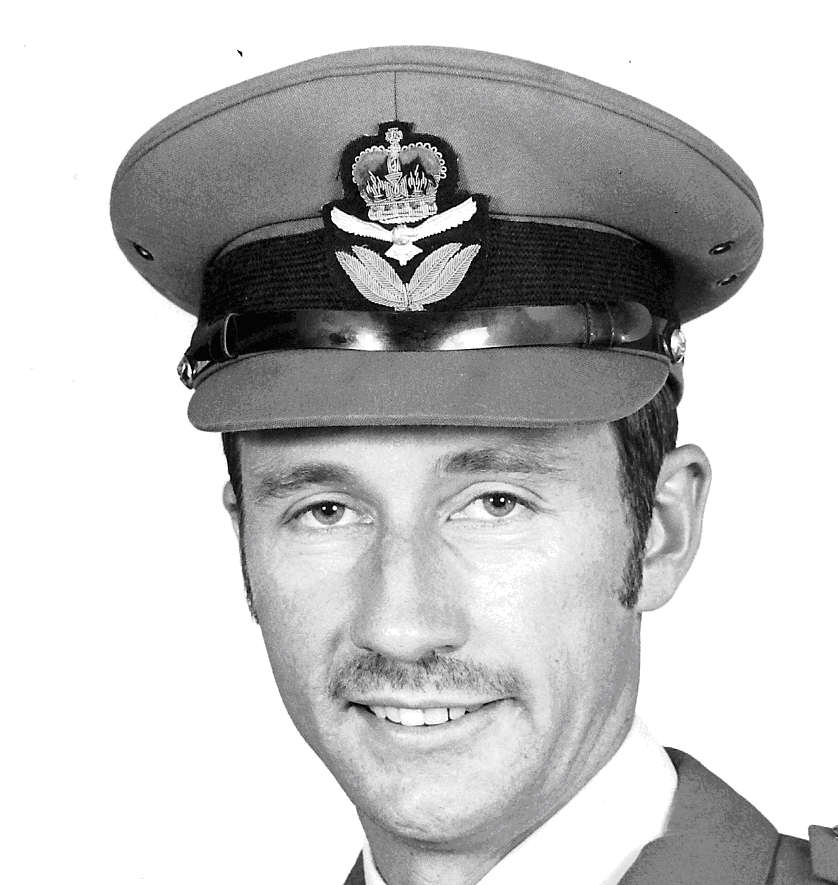
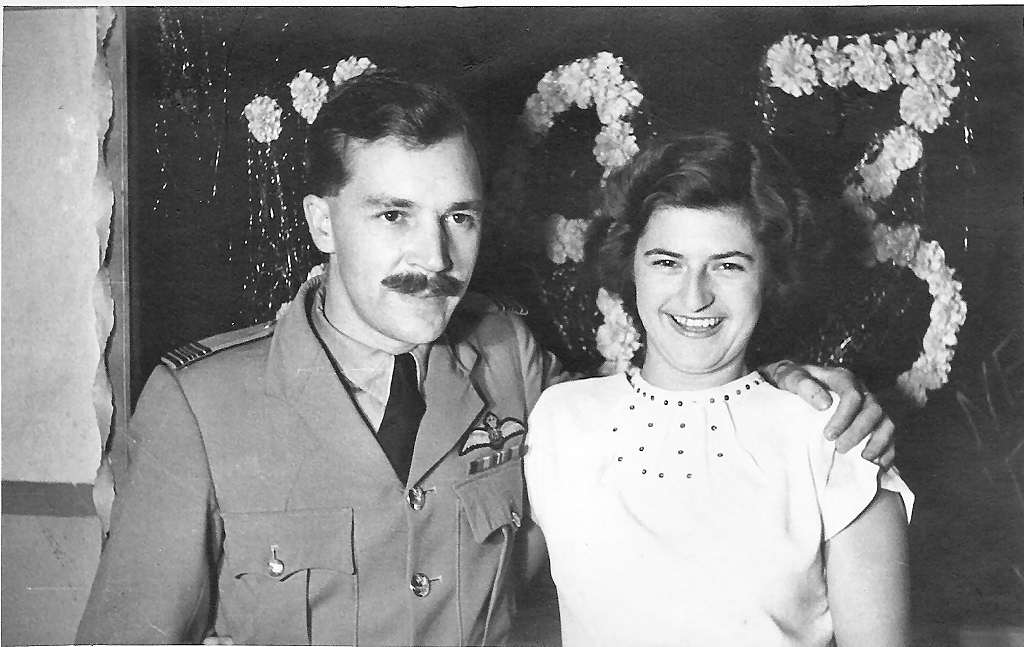
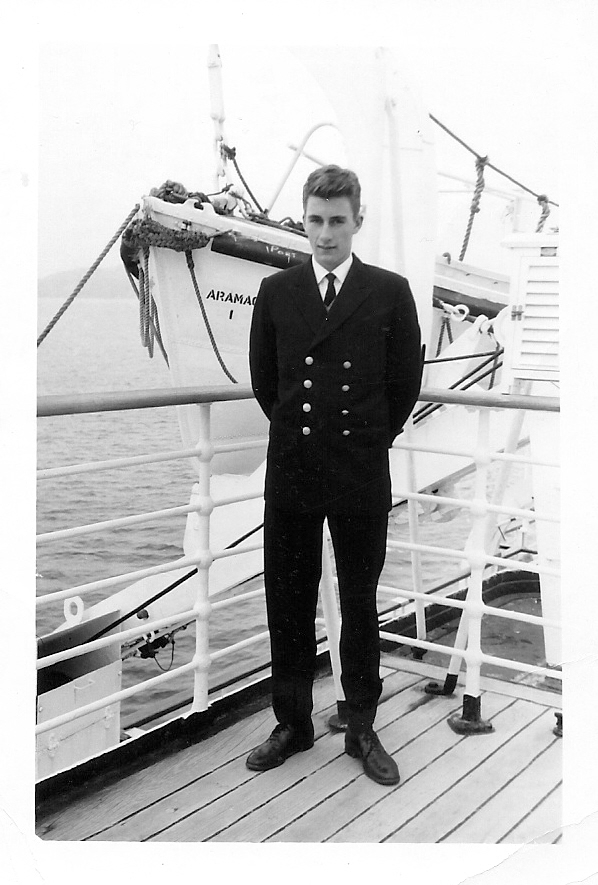
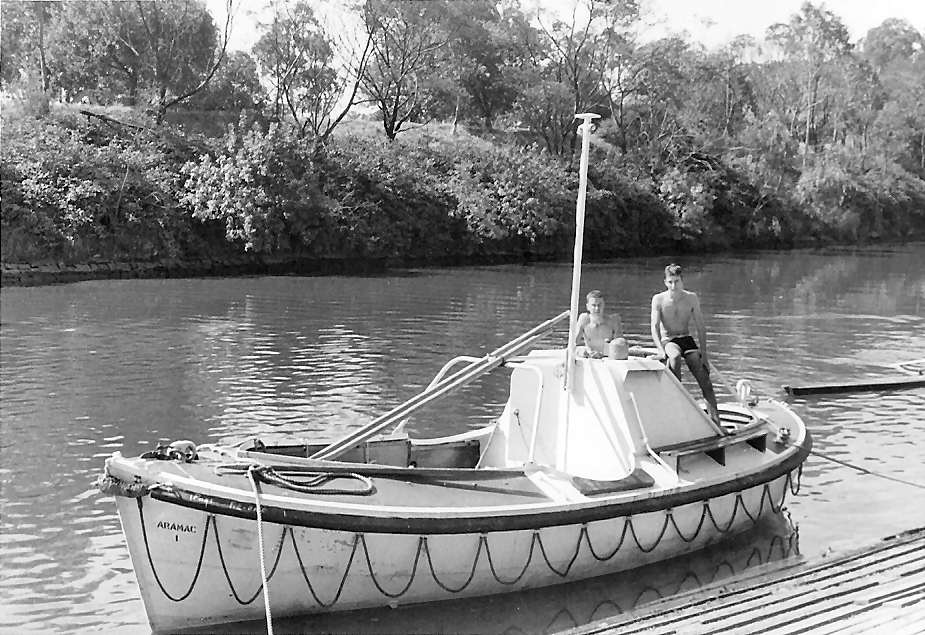 So,
after two years at sea which left an amazing imprint on my ‘experience
base’ I cut short my cadetship and went back home for a while to sort
out what direction I would next take with my life’s journey. After some
months of surfing and doing odd-jobs for some money (gardening,
builder’s labourer etc.), I decided to join the RAAF where I would get
good technical training, regular wages and opportunities to progress.
So,
after two years at sea which left an amazing imprint on my ‘experience
base’ I cut short my cadetship and went back home for a while to sort
out what direction I would next take with my life’s journey. After some
months of surfing and doing odd-jobs for some money (gardening,
builder’s labourer etc.), I decided to join the RAAF where I would get
good technical training, regular wages and opportunities to progress.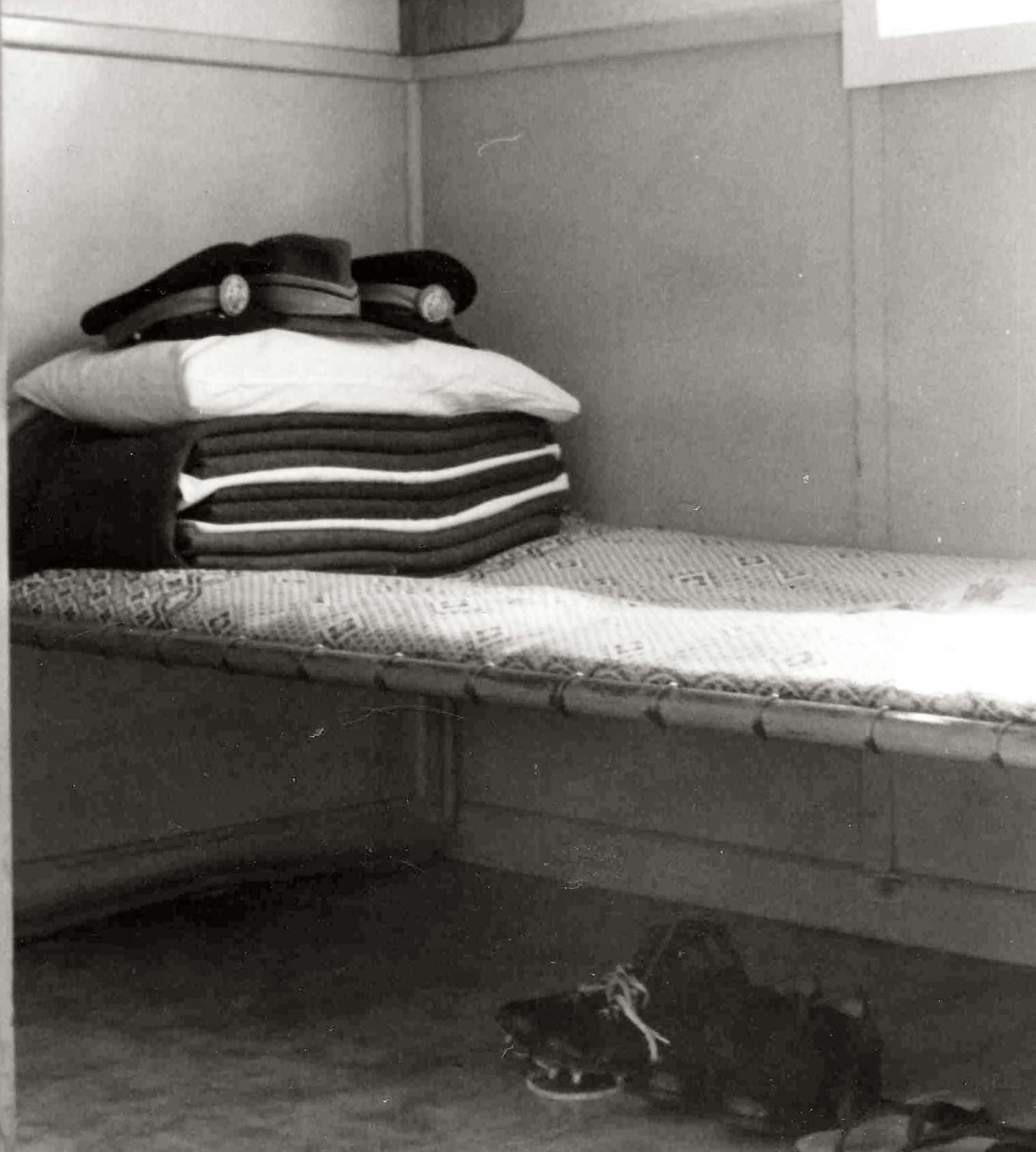
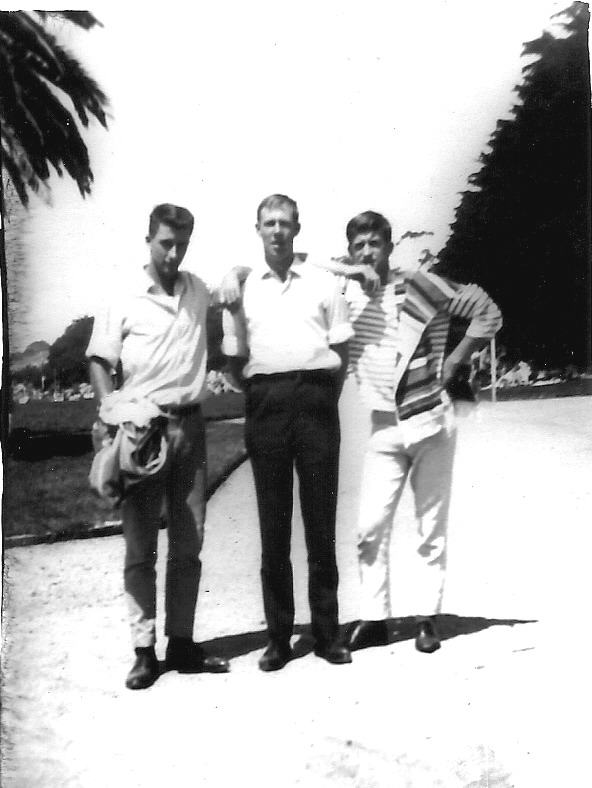
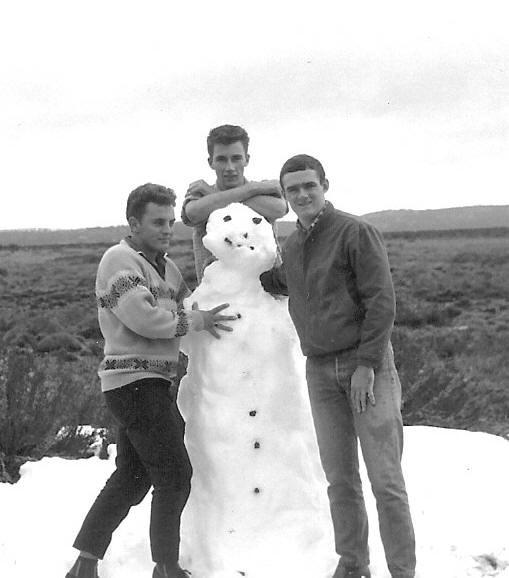
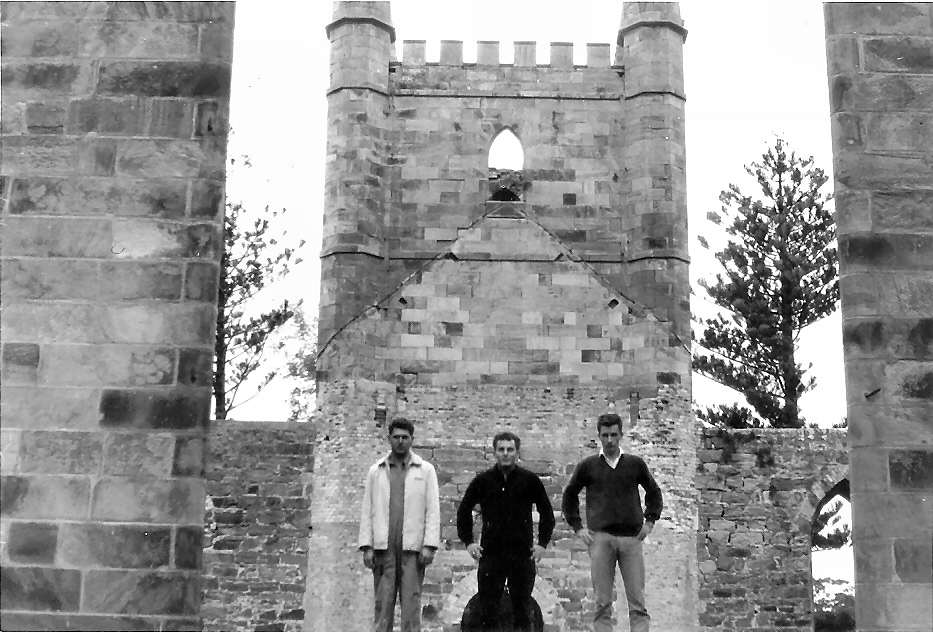
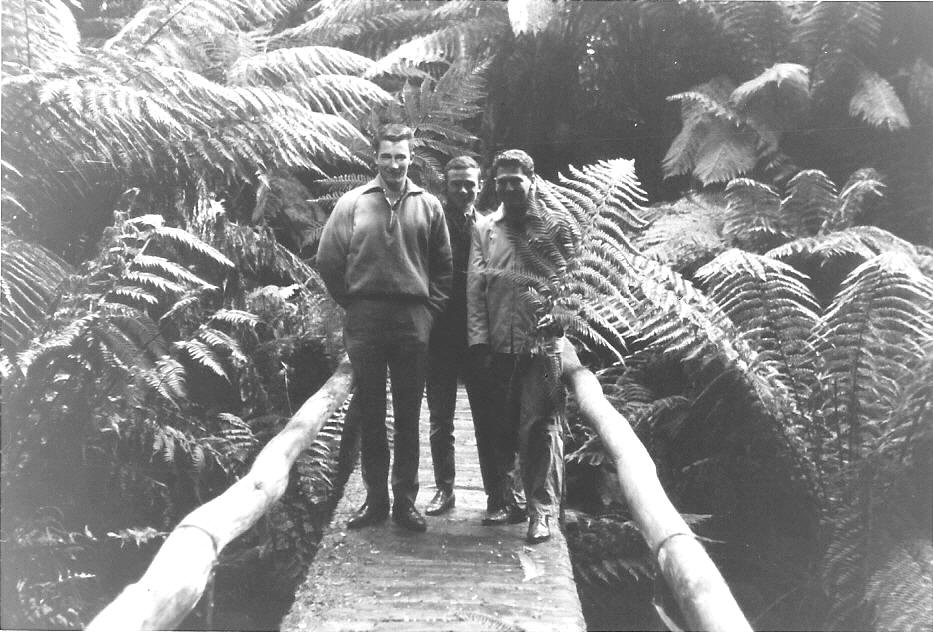
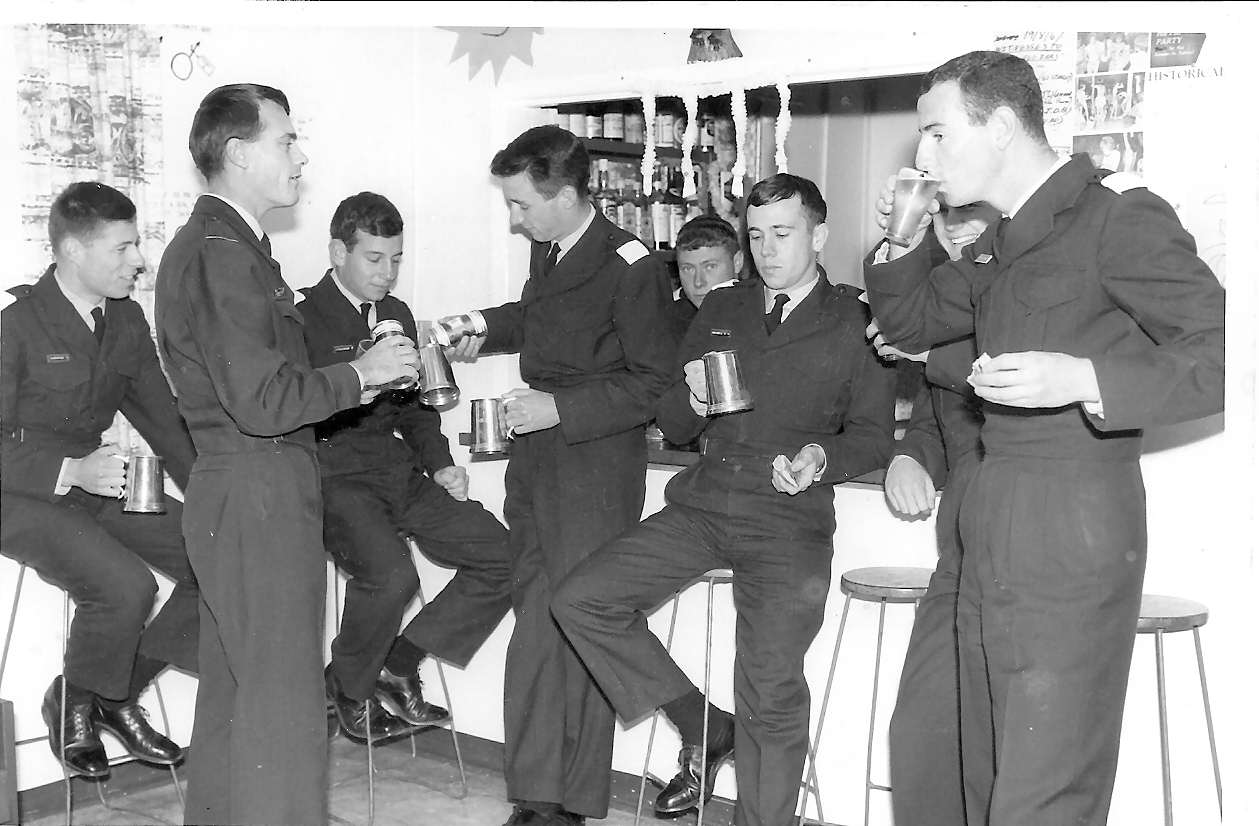
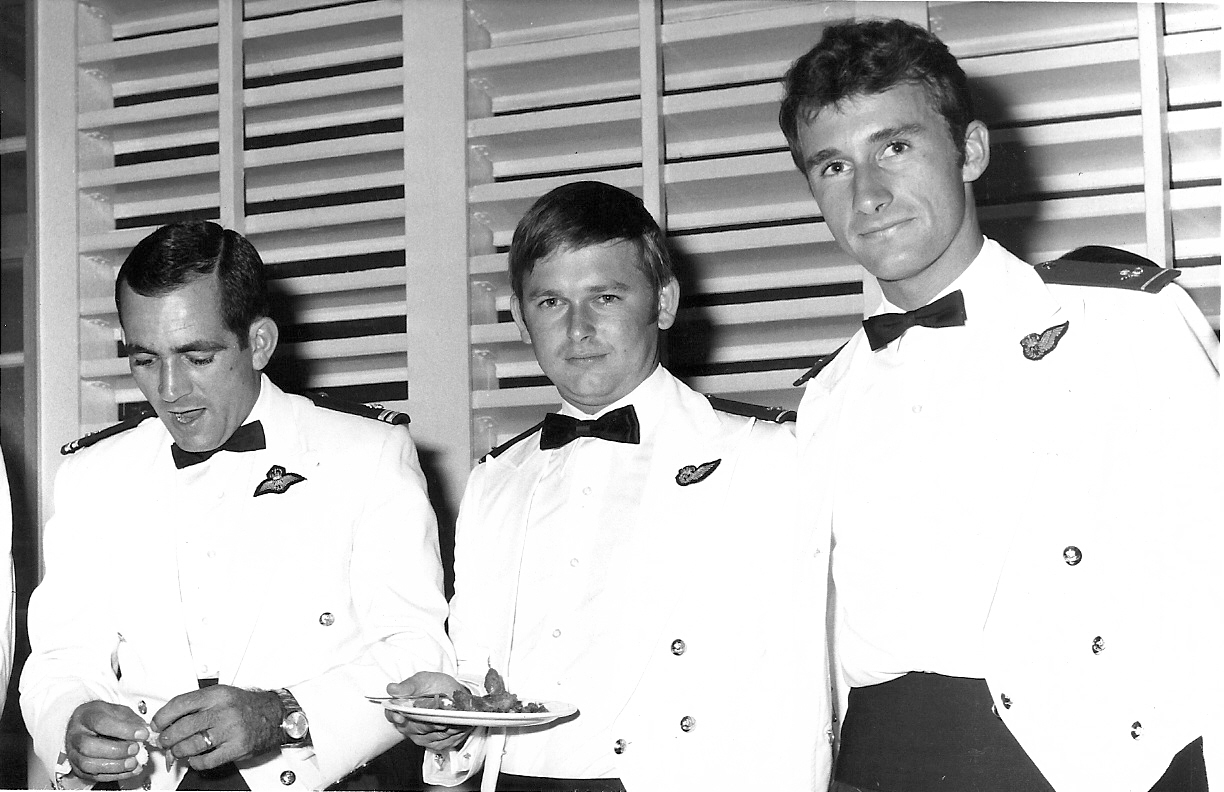
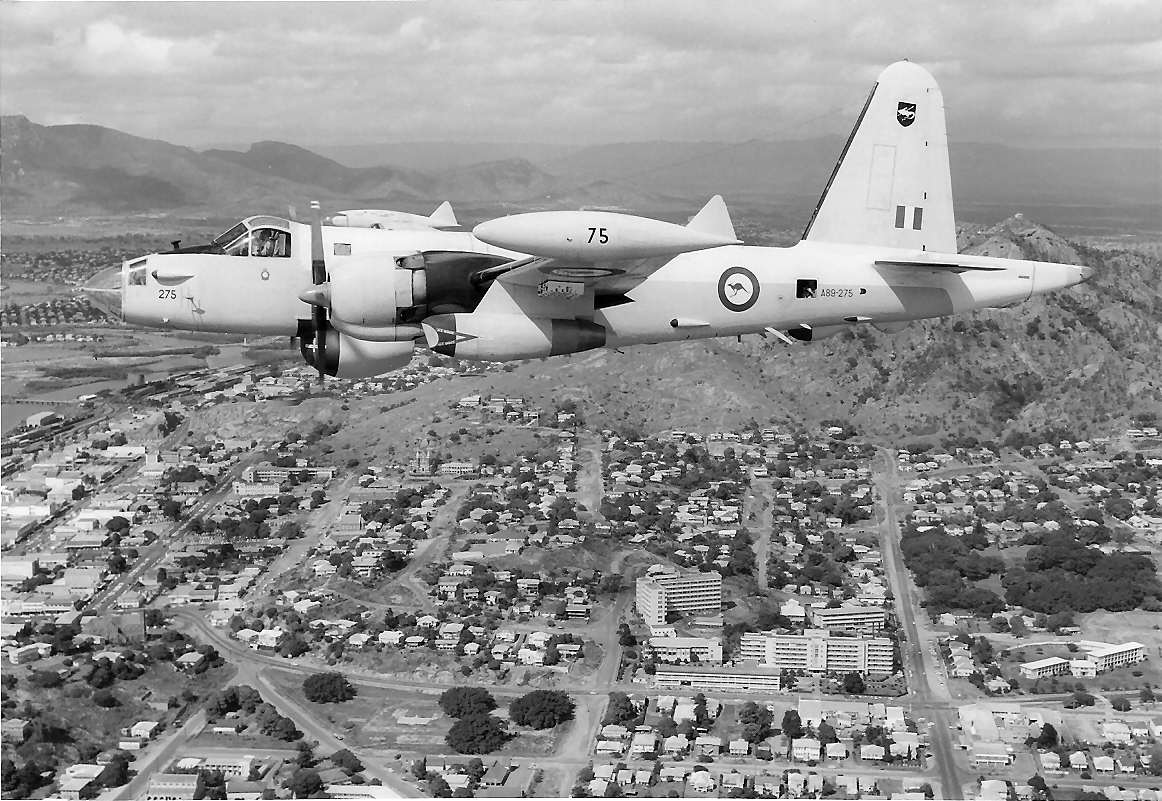
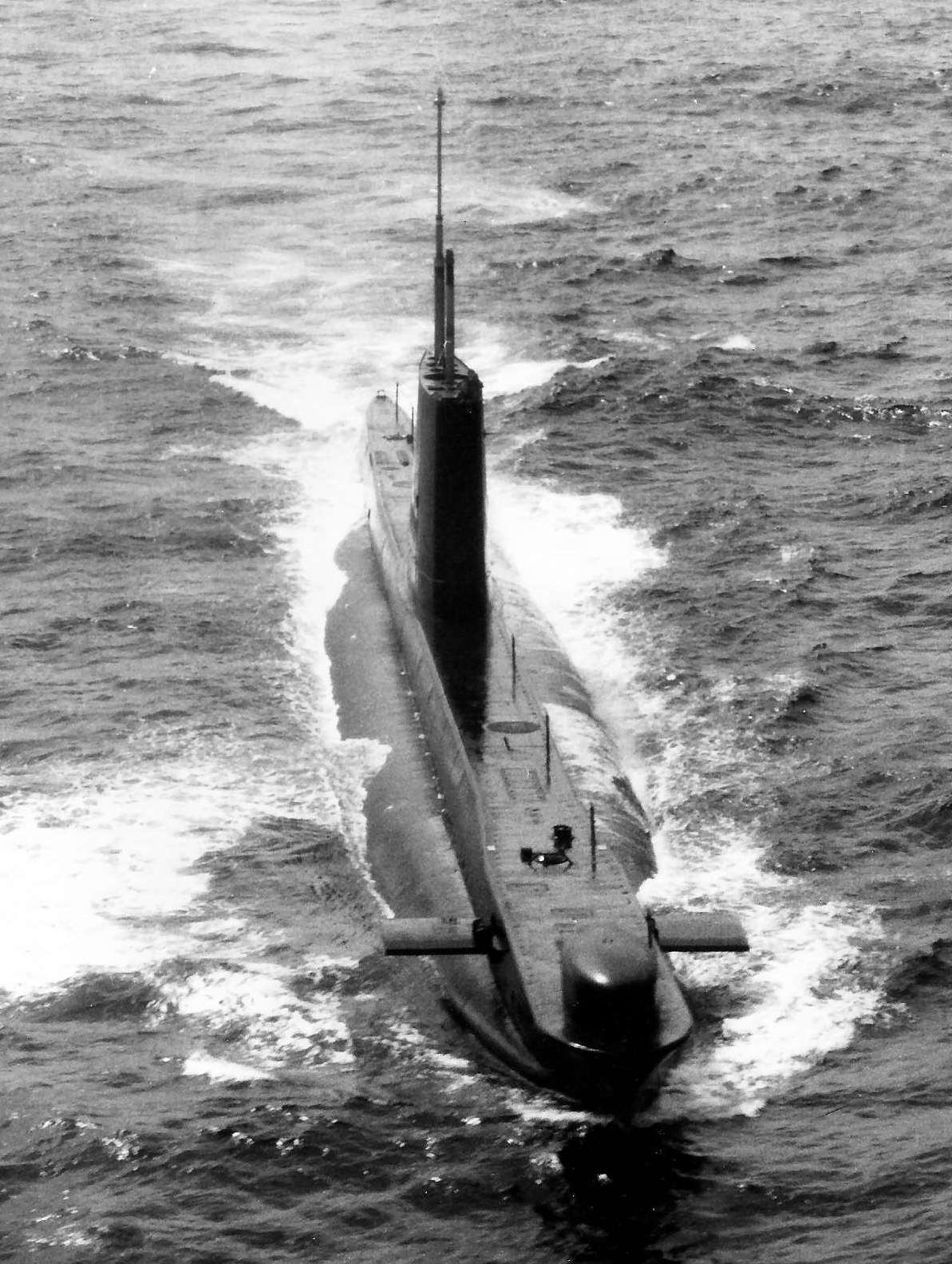
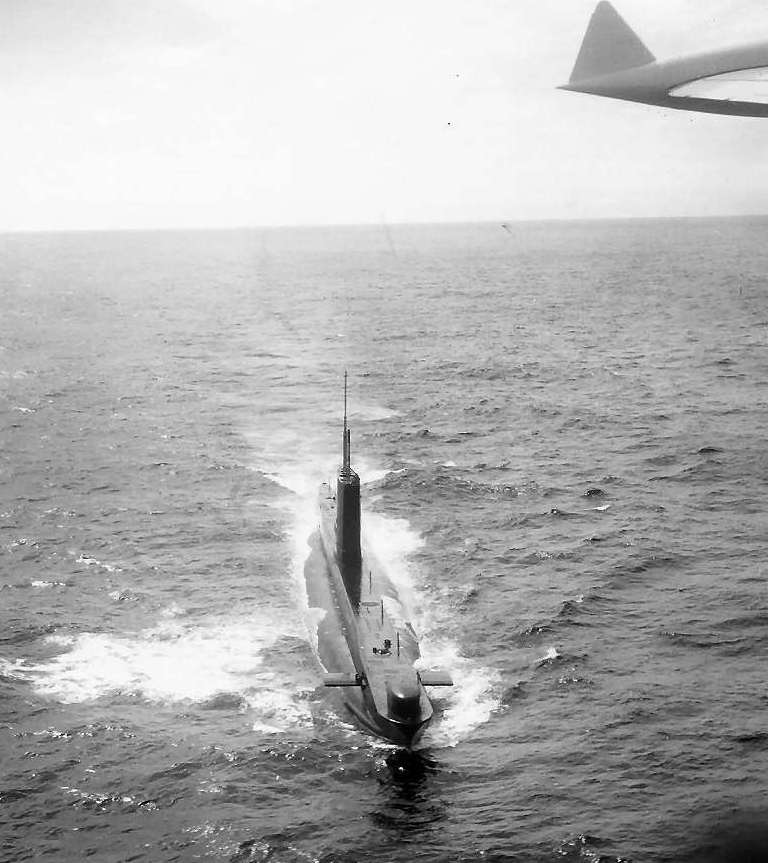
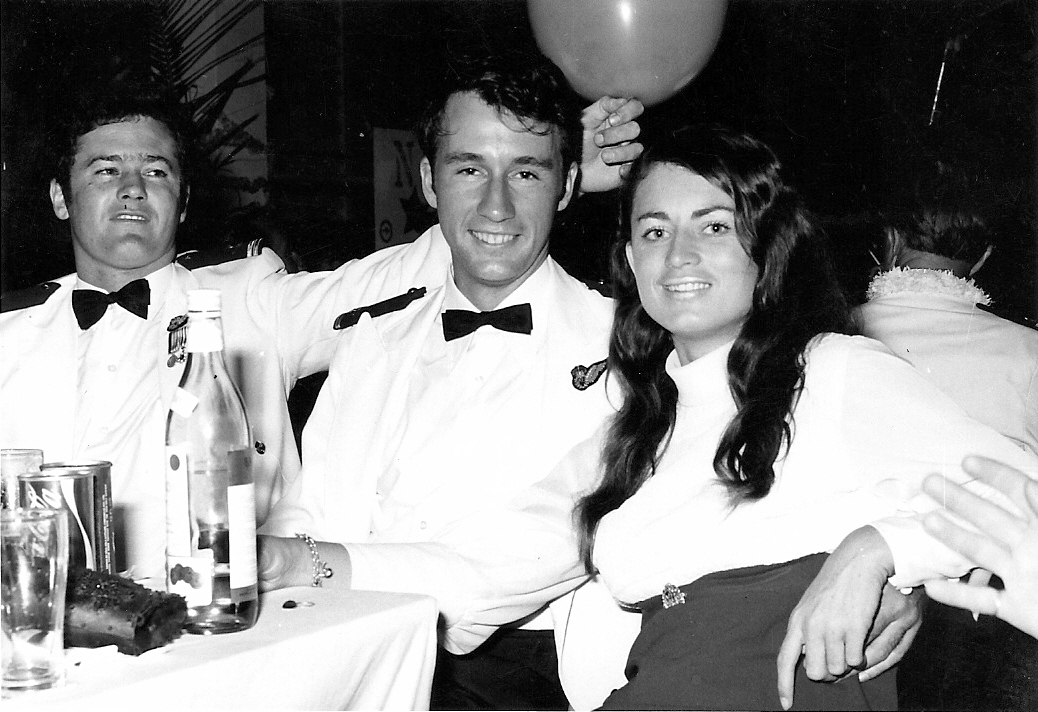
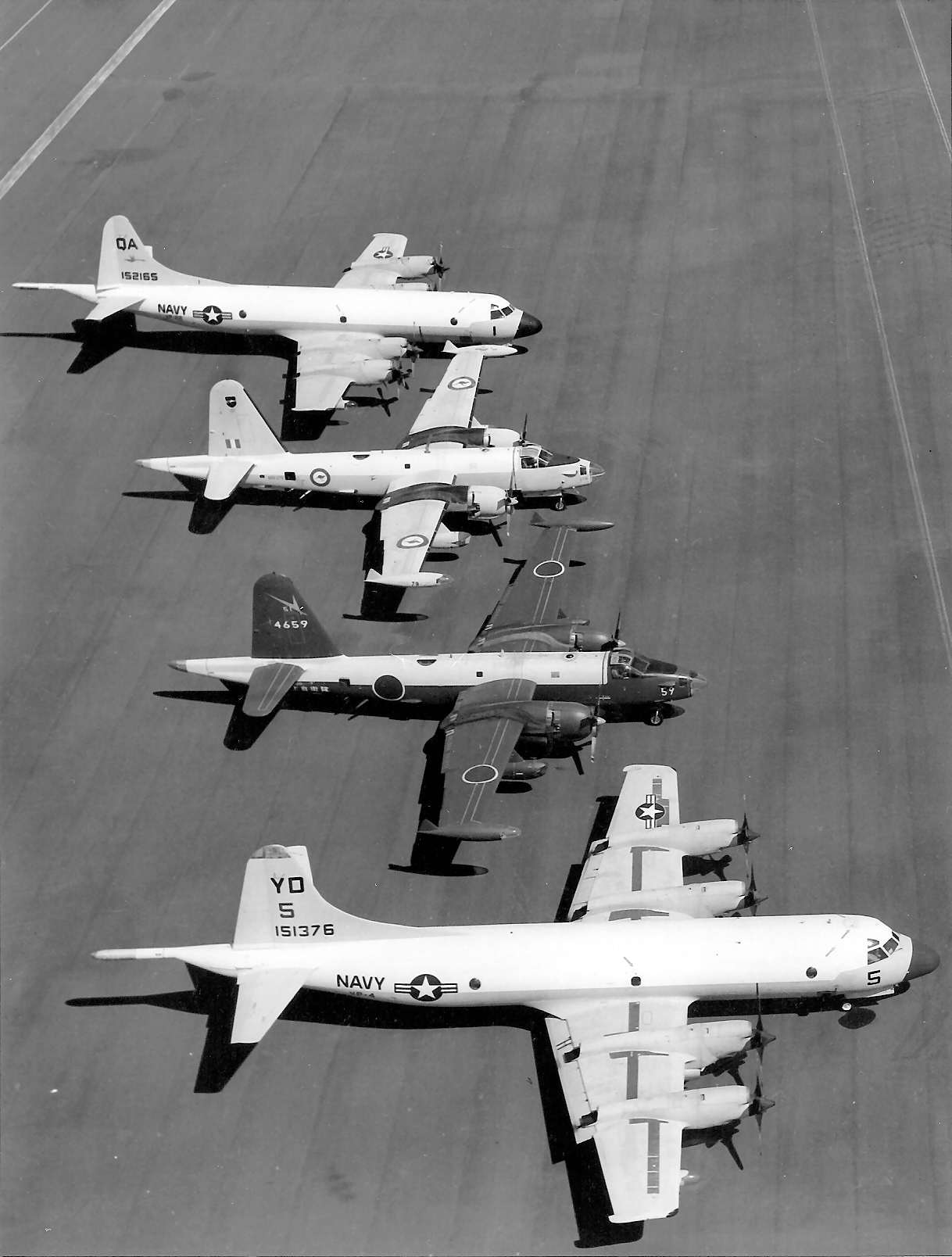
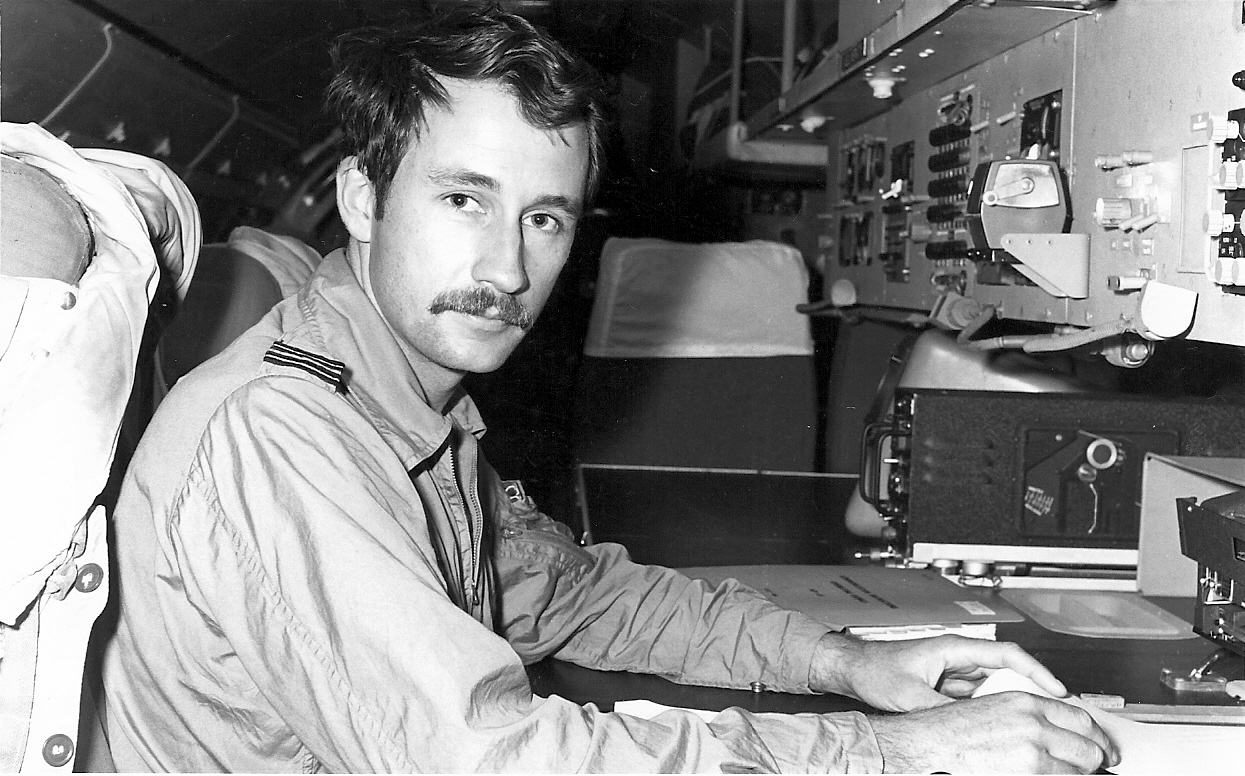 Remember
my reference earlier to the sunflowers well this is where I think it
will be about the right spot in “This is My Life” to move from
discussing the individual sunflowers to discussing and admiring the
field of sunflowers. What the hell is he talking about?? I hear some
say. Well there are many great years left to cover in my RAAF career but
there are also many staff postings (desk jobs) and few flying postings
so the pace will pick up and the level of detail will decrease (thank
goodness I hear).
Remember
my reference earlier to the sunflowers well this is where I think it
will be about the right spot in “This is My Life” to move from
discussing the individual sunflowers to discussing and admiring the
field of sunflowers. What the hell is he talking about?? I hear some
say. Well there are many great years left to cover in my RAAF career but
there are also many staff postings (desk jobs) and few flying postings
so the pace will pick up and the level of detail will decrease (thank
goodness I hear).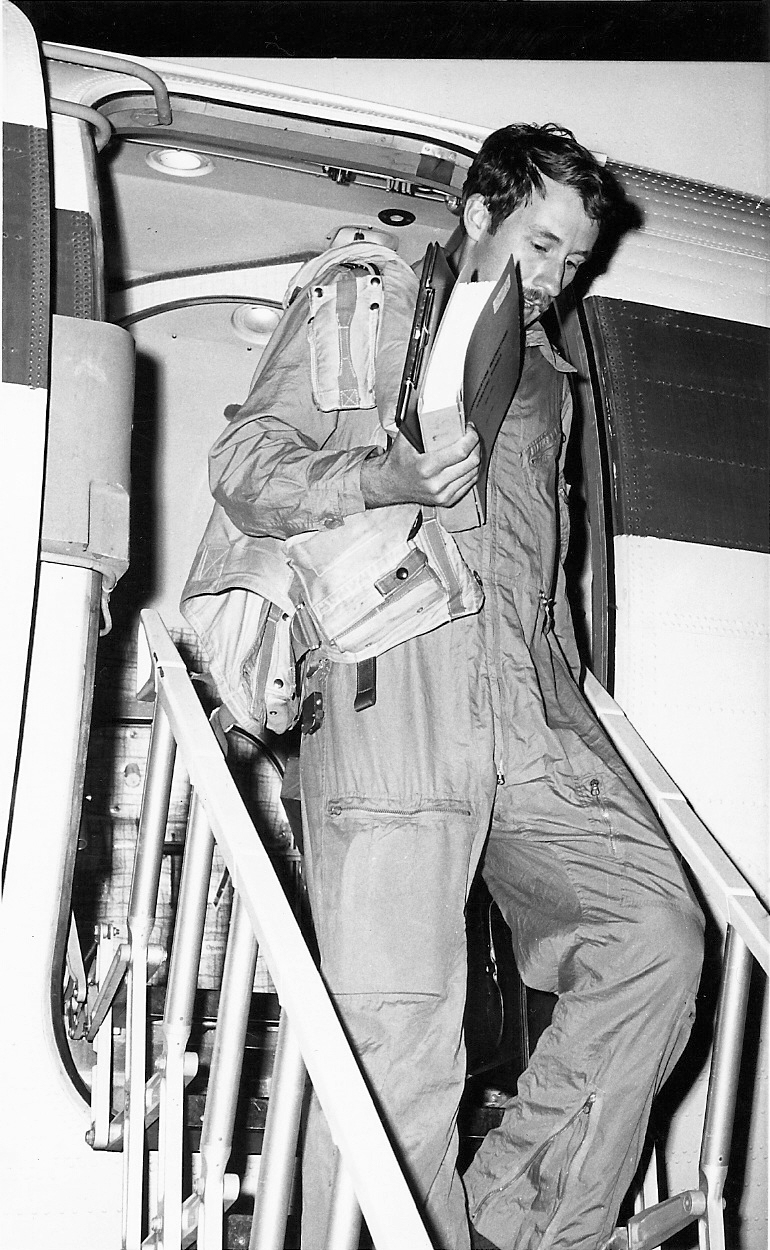 seriously
consider whether I would stay on in the RAAF for a long career or go
back into civilian life for the stability and overall better situation
for my young family. I enjoyed the challenge of learning what was
effectively a new job every few years in the RAAF when I got posted and
I enjoyed the camaraderie, the pay in those days for aircrew was quite
good and I found it hard to reconcile jumping out into an uncertain
employment market with very narrow and mostly military skills, training
and qualifications. This uncertainty would occur every five years or so
but as time went on I reconciled myself to focusing on my family as much
as possible outside of work and try to give them a happy and secure home
life.
seriously
consider whether I would stay on in the RAAF for a long career or go
back into civilian life for the stability and overall better situation
for my young family. I enjoyed the challenge of learning what was
effectively a new job every few years in the RAAF when I got posted and
I enjoyed the camaraderie, the pay in those days for aircrew was quite
good and I found it hard to reconcile jumping out into an uncertain
employment market with very narrow and mostly military skills, training
and qualifications. This uncertainty would occur every five years or so
but as time went on I reconciled myself to focusing on my family as much
as possible outside of work and try to give them a happy and secure home
life. 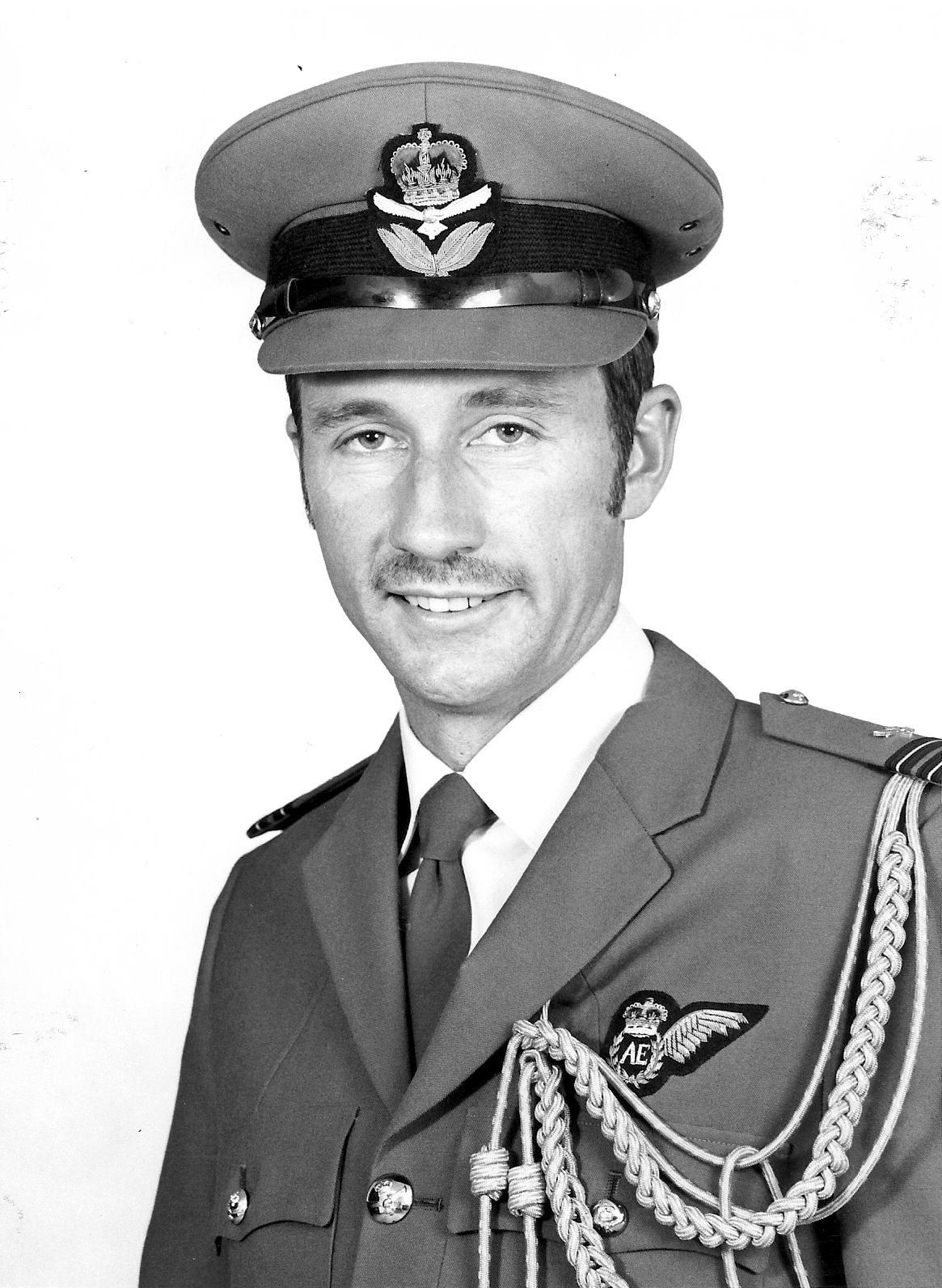
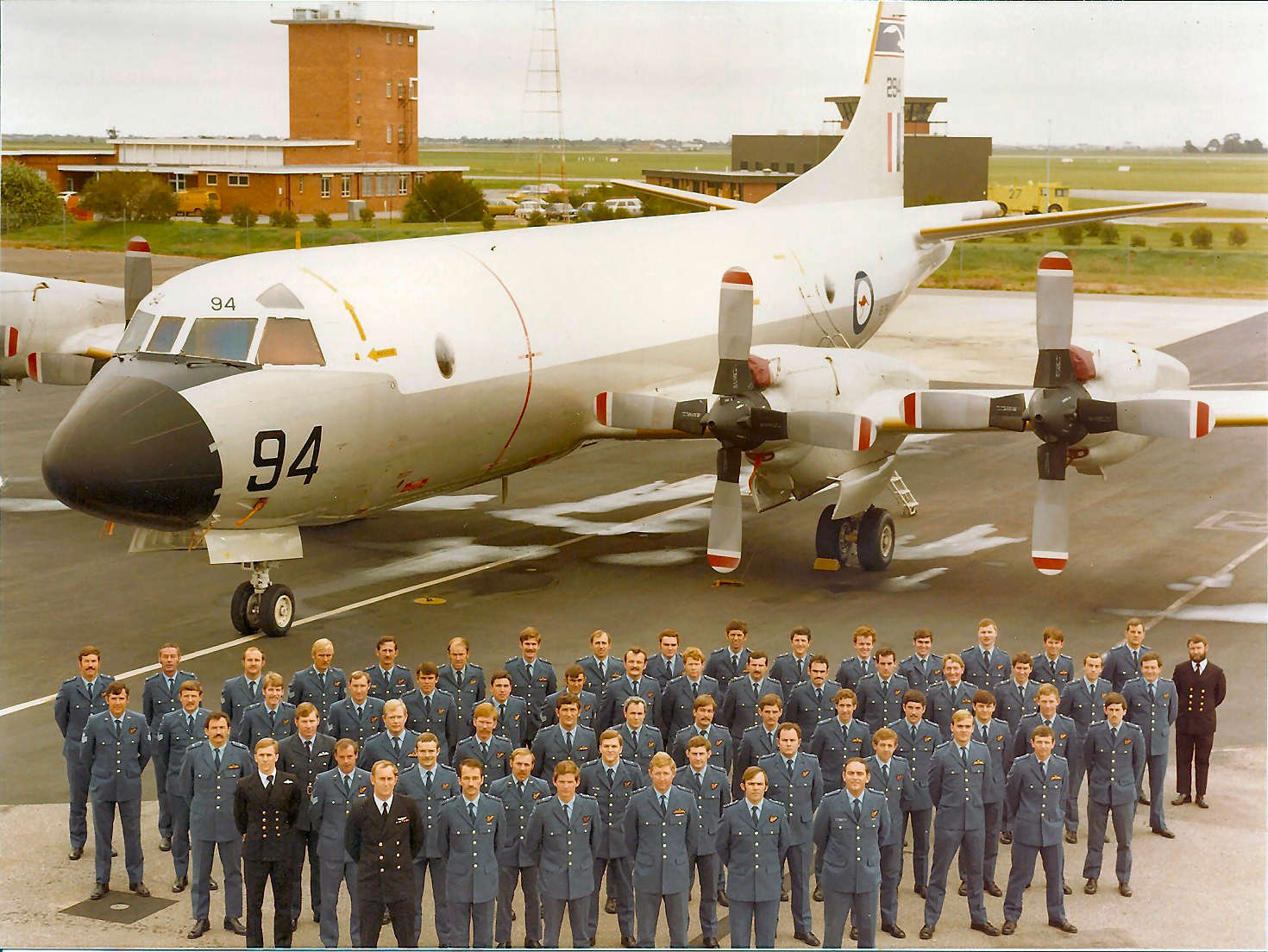
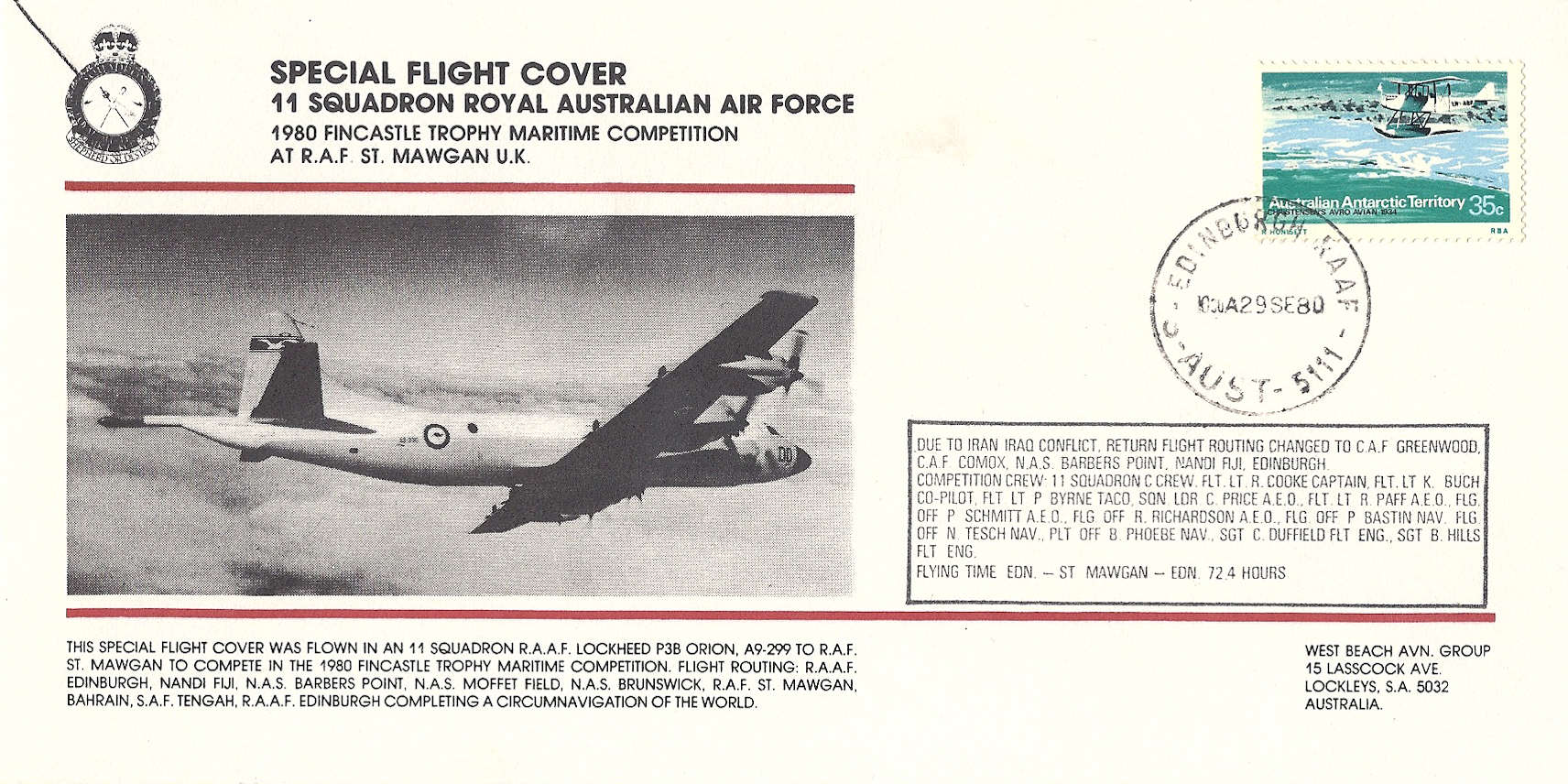
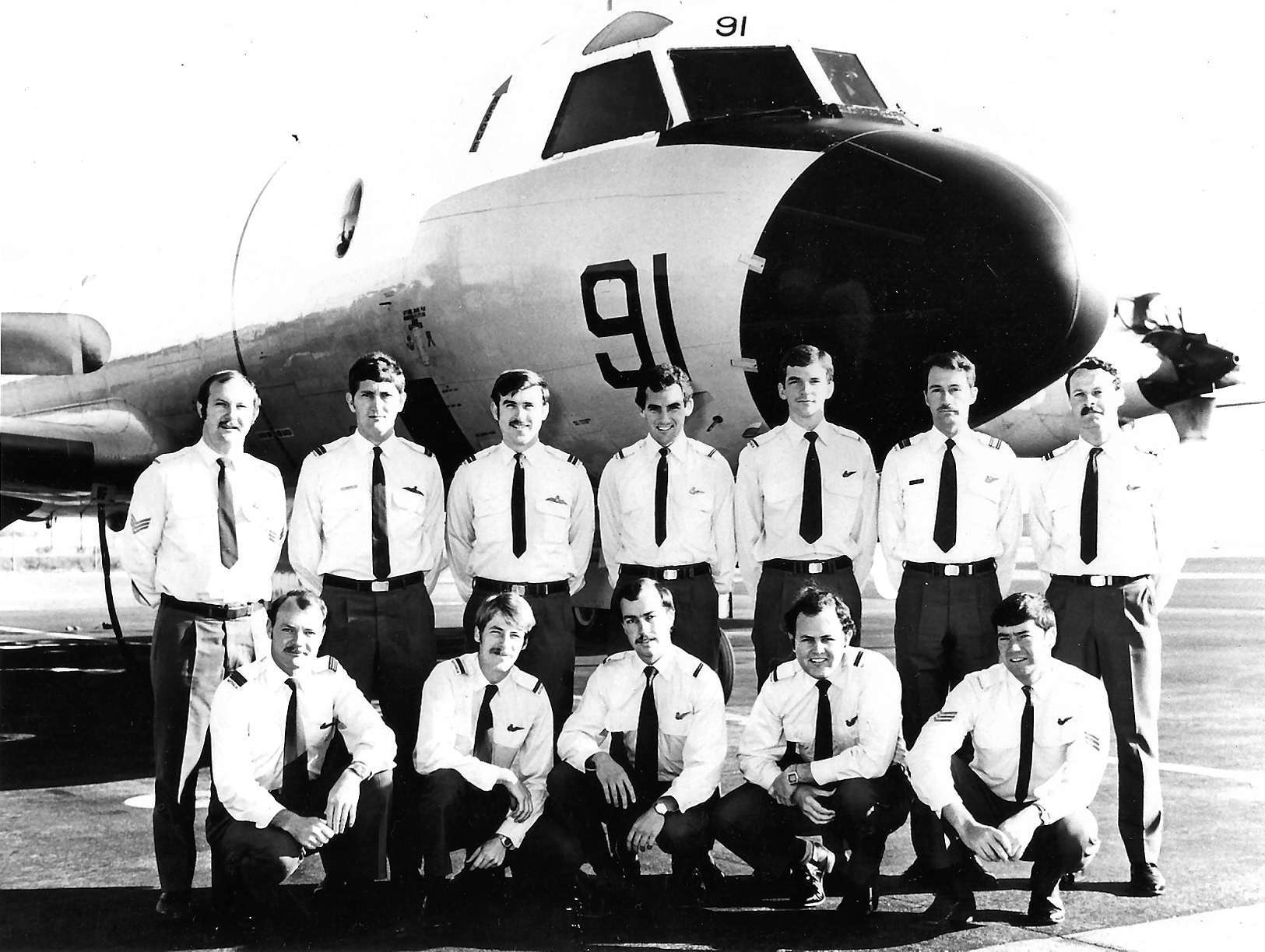
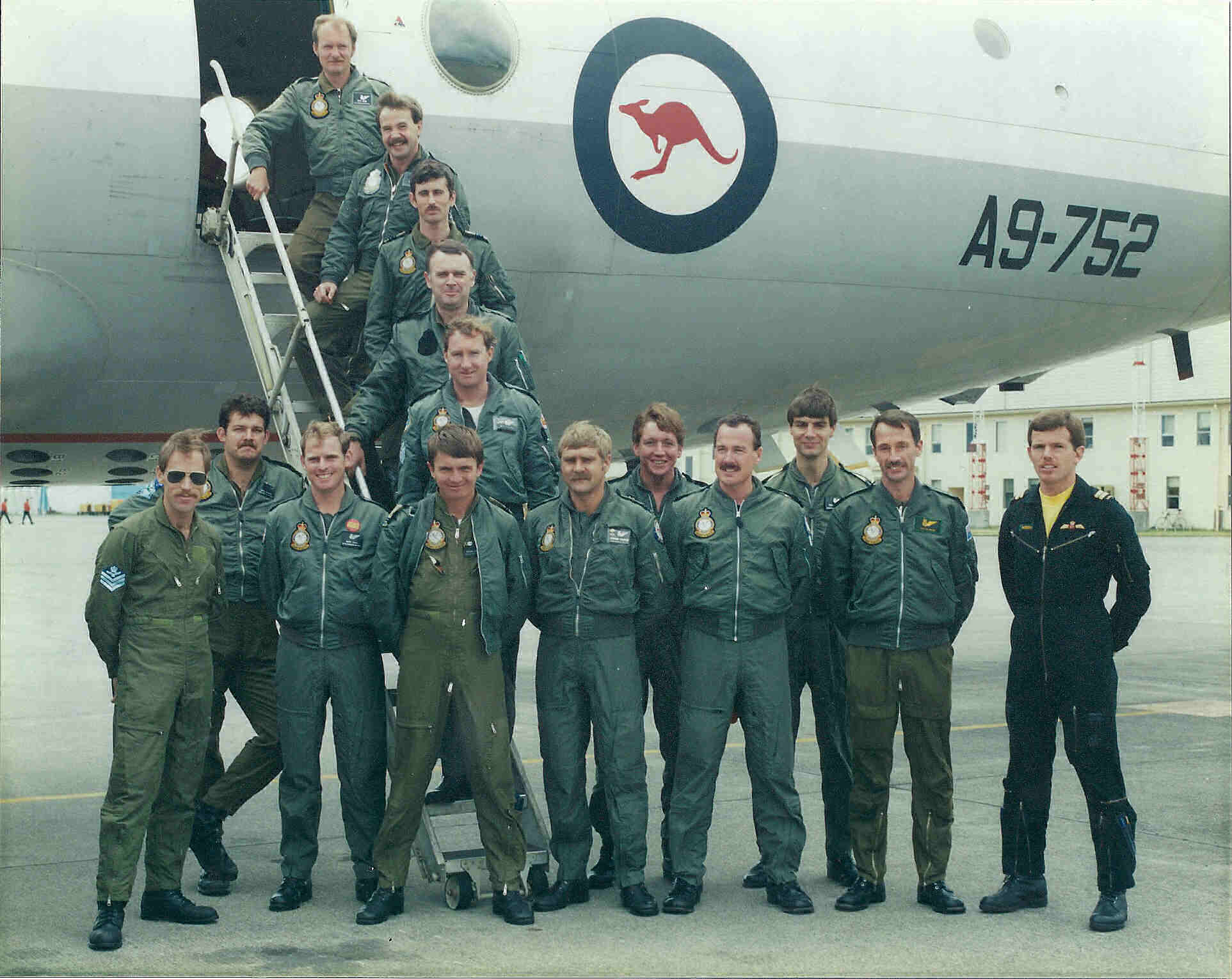
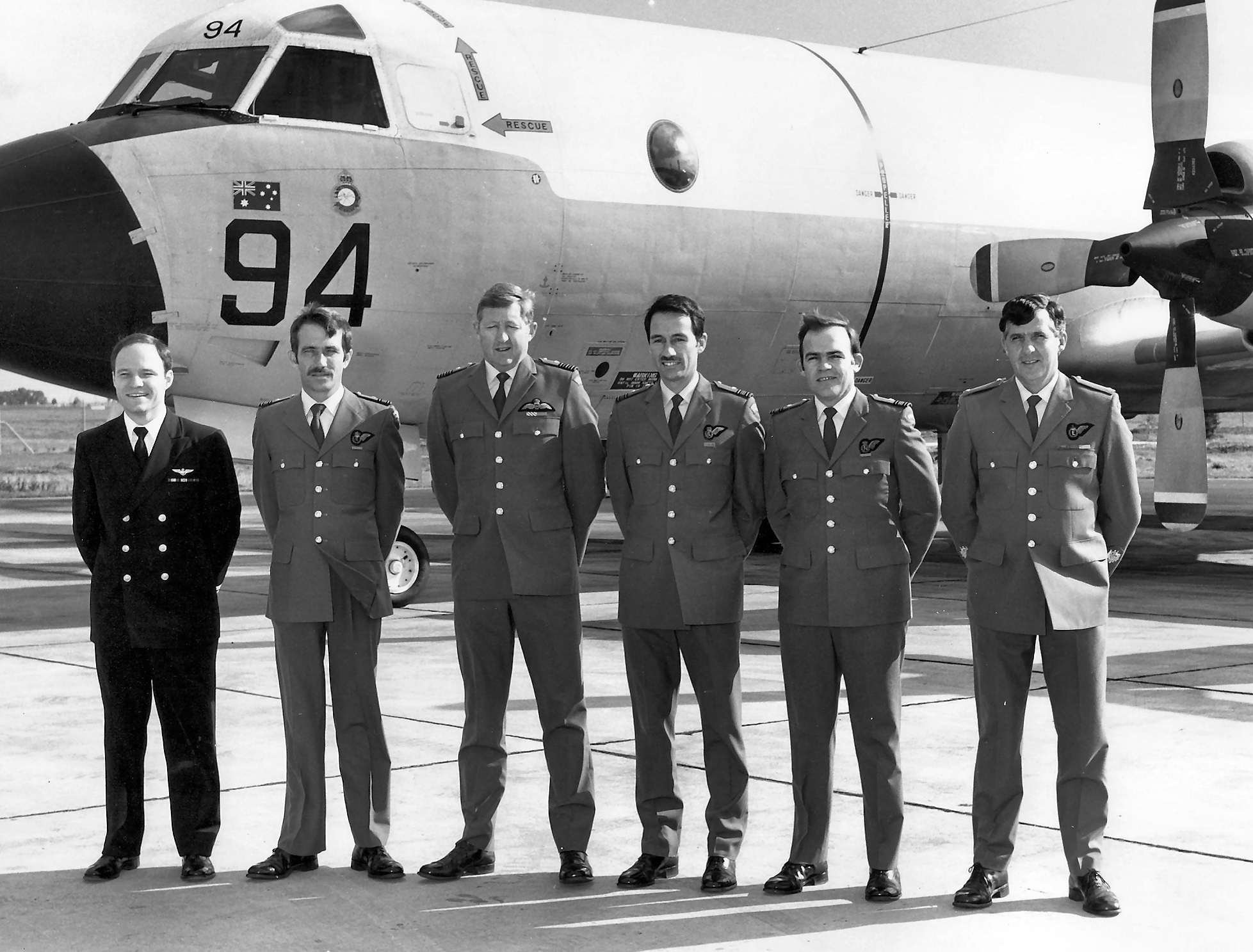
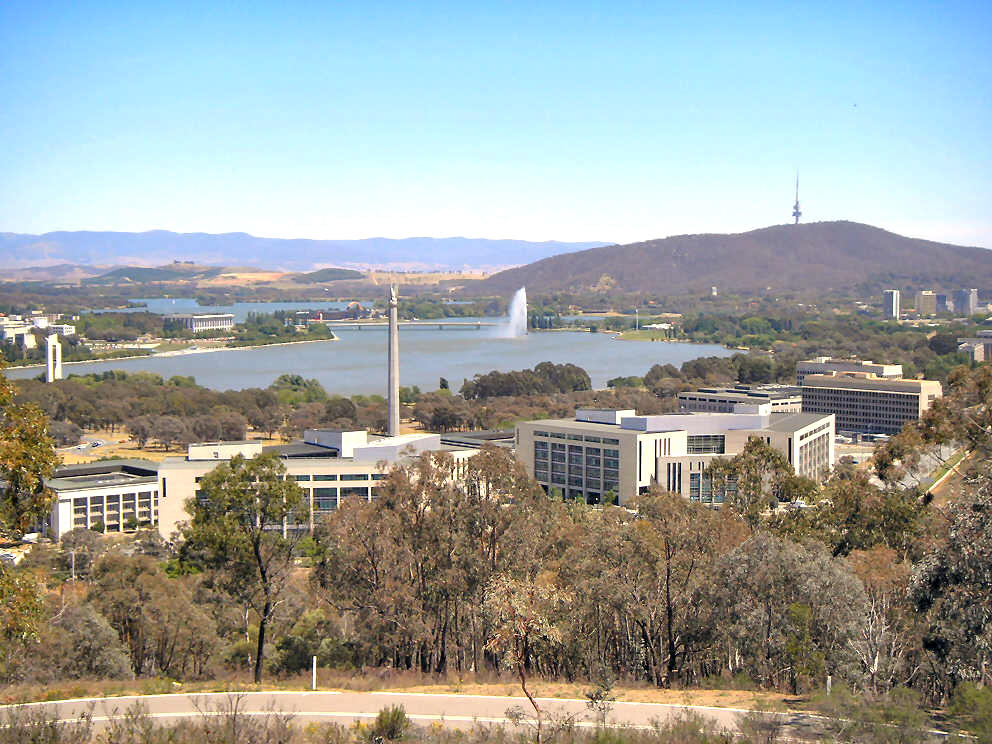
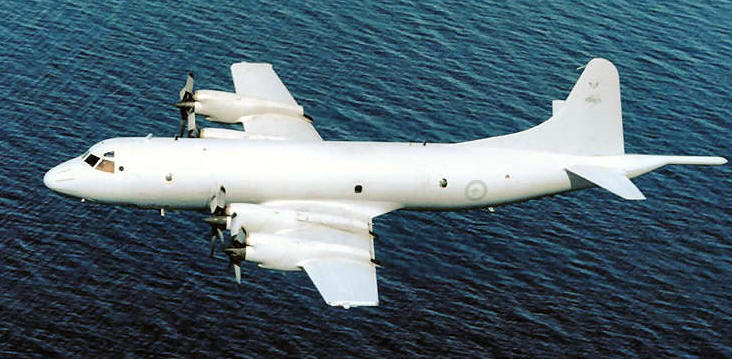
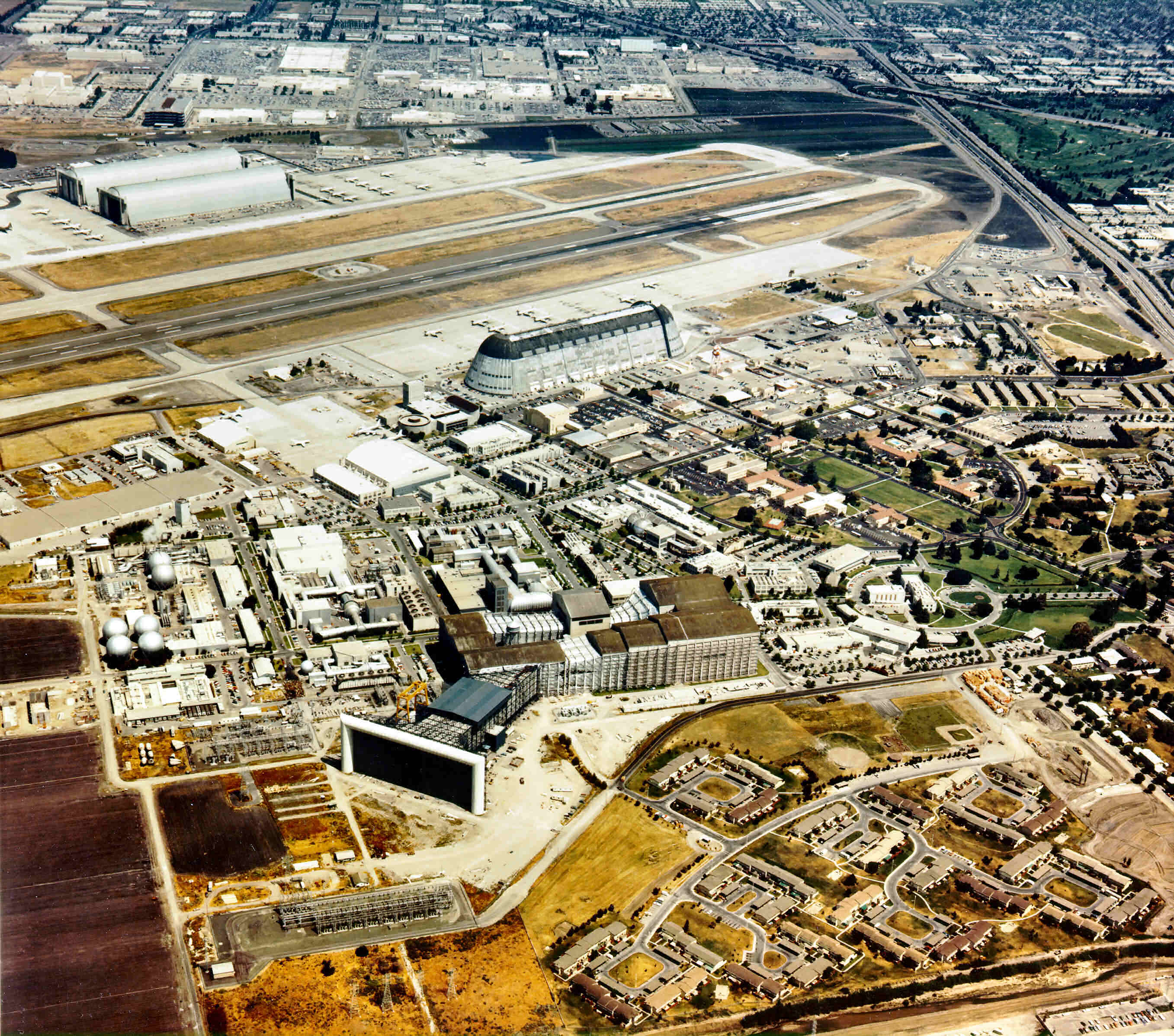
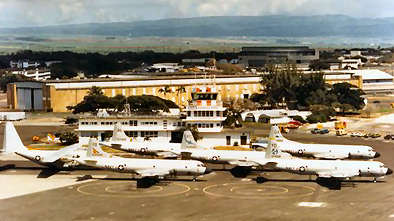 Washington for budgetary cuts and shut downs. Moffett Field was one of the
bases to be shut down so COMPATWINGSPAC and his six squadrons of P-3C
aircraft (along with the Price family!) all picked up sticks and moved
to another US Navy base in Hawaii called Barber’s Point (right). My tour
of duty was extended by about six months to assist with the move across
to Hawaii and the settling into the new area for the next RAAF exchange
officer. Not much time for surfing though unfortunately as this was a
busy time getting ready for moving back home and preparing for the next
RAAF replacement for the exchange position. Great for the family though
as we managed to score a nice rental apartment in downtown Honolulu from
where they explored the delights of that part of Honolulu along with
daily visits to the beach. I meanwhile was on the road daily for the one
hour trip to and from Barber’s Point and lots of work.
Washington for budgetary cuts and shut downs. Moffett Field was one of the
bases to be shut down so COMPATWINGSPAC and his six squadrons of P-3C
aircraft (along with the Price family!) all picked up sticks and moved
to another US Navy base in Hawaii called Barber’s Point (right). My tour
of duty was extended by about six months to assist with the move across
to Hawaii and the settling into the new area for the next RAAF exchange
officer. Not much time for surfing though unfortunately as this was a
busy time getting ready for moving back home and preparing for the next
RAAF replacement for the exchange position. Great for the family though
as we managed to score a nice rental apartment in downtown Honolulu from
where they explored the delights of that part of Honolulu along with
daily visits to the beach. I meanwhile was on the road daily for the one
hour trip to and from Barber’s Point and lots of work.